 Abraham Lincoln
If given the truth, the people can be depended upon to meet any national crisis...
Abraham Lincoln
If given the truth, the people can be depended upon to meet any national crisis...
 Guildford news...
for Guildford people, brought to you by Guildford reporters - Guildford's own news service
Guildford news...
for Guildford people, brought to you by Guildford reporters - Guildford's own news service
Birdwatcher’s Diary No.182
Published on: 9 Mar, 2019
Updated on: 9 Mar, 2019
By Malcolm Fincham
Having endured the brief cold spell at the strat February, an unseasonably mild and fine spell of weather arrived to complete the second half of the month. High pressure pushing up from the south held back prevailing Atlantic westerlies.
By mid-February, although night-time frosts continued, daytime sunshine tempted me on a visit to Farlington marshes, near Portsmouth.
Having visited just a few weeks before and forgotten in my previous report to put the picture of the weasel I had seen there, I felt it a good opportunity to show the picture I had taken.
The welcoming sound of a skylark could be heard singing in a cloudless sky on my arrival there on February 14.
Picking one out singing from the heavens is rarely an easy task. I was fortunate later on my walk around the reserve to get a photo of one as it hovered, high in the sky, singing its enchanting melody.
I heard the sound of several greenfinches making their wheezing sounds, as they perched in the sunlight on the tops of bushes.
Brent geese continued to be wintering in good numbers, though mobile, looking for fresh food sources to feed on.
Among the large flocks of Brent geese a number of Canada and greylag geese could be seen; and even the dubious looking white goose, of unknown origin, that I had first spotted there in December 2013.
Taking advantage of the constant movement of birds flying in such fine weather, I decided to practise a few in-flight photos. These included a starling murmuration, although small compared to some previously seen, while still enough to be admired.
Lapwings, easily agitated, would often fly up seemingly spooked by the slightest, unobtrusive agitation.
Common redshanks feeding on the mudflats at low tide, often took flight when approached, along the seawall.
Also out on the mudflats several curlews could be seen feeding, while several more were observed coming into land.
Further out across the harbour a “fling” of dunlins could be seen, occasionally glistening as the sunlight caught the underside of their wings.
Oystercatchers made for a few in-flight photos as they came in off the sea, landing by the inland freshwater pools.
To my mind, the smartest of the ducks present were the drake pintails.
Although I must say the wigeon, now colouring into summer plumage, came a close second.
A female reed bunting was another rather acceptable sighting to add to the day’s photos.
The following day, on February 15, daytime temperatures had risen into the mid-teens centigrade and was already beginning to tempt a few butterflies out of of hibernation. Mostly brimstones, though a few others, such as peacocks, small tortoiseshell and even a few red admirals.
At Effingham Forest, another brimstone butterfly passed me by with no wish to settle to have its photo taken. Frustrated, as I followed it along a track I decided to take a few record shots to remind me of what I had seen that day.
A pair of bullfinches were also present, though only able to get a picture of the female as she took flight.
Several marsh tits could also be heard, one seen perched and preening itself in the sunlight.
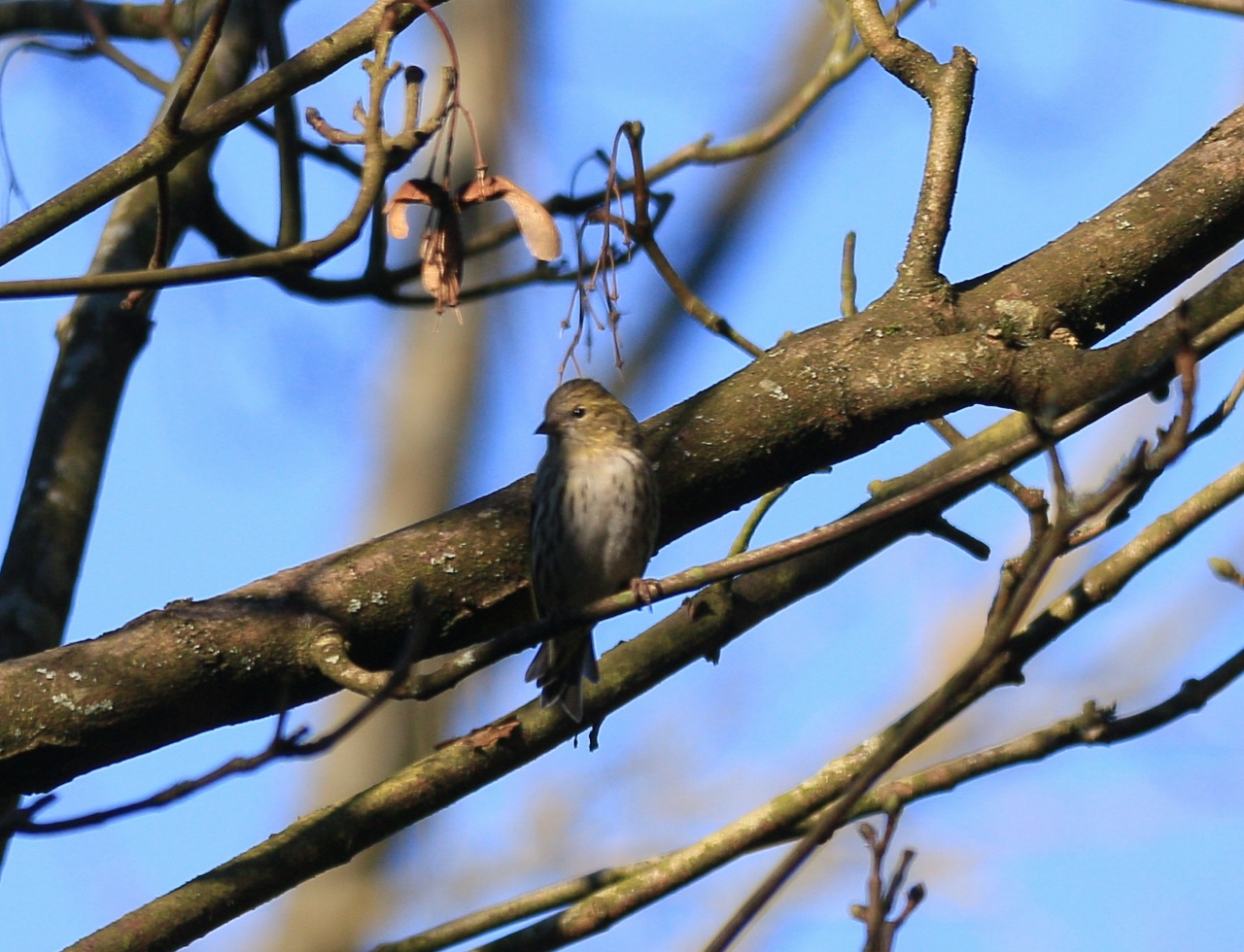 Feeding high in the pines were a dozen or so siskins.
Feeding high in the pines were a dozen or so siskins.
Crossbills had by now mostly paired up. Being early breeding birds, some females are already incubating eggs. A few males could, however, be seen.
Great spotted woodpeckers could be frequently heard, drumming on tree trunks, attempting to attract a mate.
Nuthatches could also be heard, making their wolf-whistle-like calls in the hope to attract a female.
Heading home, I stopped off in a quiet country lane in the Surrey Hills near Shere, to watch a pair of common buzzards, as they flew in magnificence over a nearby field.
Watching in wonder from my car, one of the pair unaware of my presence flew close by allowing me some rather pleasing views.
At Staines Reservoir on February 17 at least eight black-necked grebes could be picked out on the south basin. But the sunlight behind them, as usual, made them difficult to photograph.
A drake golden-eye could also be viewed.
On the north basin a pair of great crested grebes were showing early signs of practising their mating ritual, as they briefly inter-twinned their necks.
At Burpham Court Farm, Burpham, the pink-footed goose that had been present there in my previous report was no longer seen after February 18. Having seen it stretching its wings just a few days previous, perhaps it was limbering up to fly?
In the fields nearby a small group of thrushes could be viewed.
These included a number of wintering redwings and fieldfares.
Among them I picked out a mistle thrush.
A pair of red kites could also be seen, gliding in majestic fashion over the fields. Occasionally spooking up the lapwings, concerned by their presence.
With the sun continuing to shine and daytime temperatures warming, blackthorn had started to break into flower. Strikingly noticeable as its white blossom glistened in the sunlight along the roadside verges around Guildford.
At the Riverside Nature Reserve, near Burpham its blossom was actively attracting a variety of bees. Several queen bumble bees had begun to emerge from hiberation.
Long-tailed tits had begun to pair up, seeking places to nest.
A kestrel, perched up with its back to me, got a sudden surprise to see me so close to it.
On Stoke Lake, the drake pochard could still be seen until the end of the month, often alongside the tufted ducks.
While the timid wintering teal continued to attempt to shelter out of view.
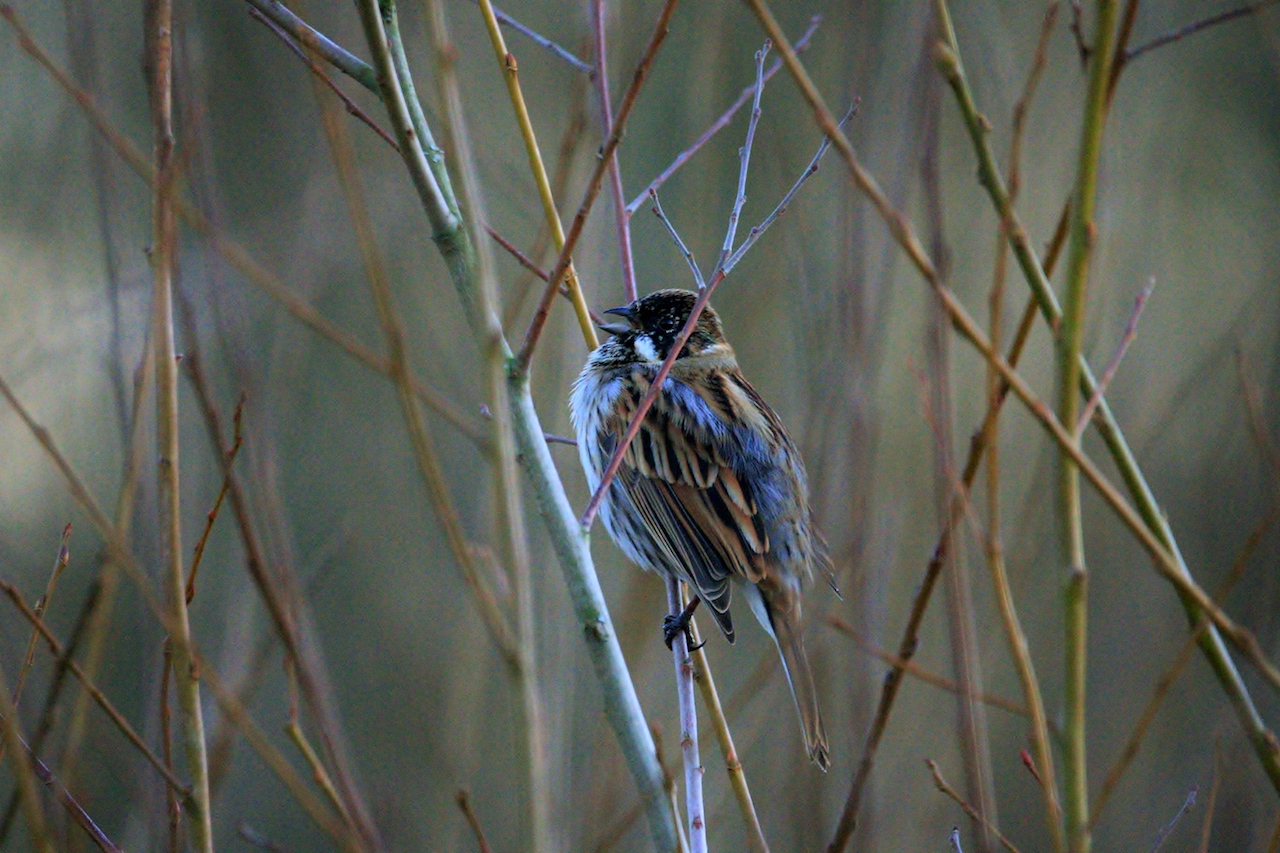
Reed bunting, tuning up its song and coming into summer plumage, by the boardwalk at the Riverside Nature Reserve.
A male reed bunting, tucked in among some sallows by the boardwalk as the late afternoon light had started to fade, could be heard “tuning-up” its song. Catching a few glimpses of him, I could see he was well on the way to his breeding plumage.
Catching the last of the day’s light by the lakeside, the grey heron that had spent most of the winter months there within feet of the footpath, unperturbed by passers by, continued to pose photogenically for my camera.
I took a late afternoon trip to Papercourt water meadows near Woking, with Bob, just a few days later. It gave us another opportunity to see the barn owl and the short-eared owl that had been showing well most evenings throughout the winter.
With daylight hours starting to draw out and mostly cloudless skies, there was still enough, acceptable light, at least get a few “record-shots” after 5pm.
It wasn’t much after 5pm when the barn owl first made an appearance, with me snatching a few shots of it as it flew back and forth beyond the far bank of the river.
The short-eared owl was first sighted just after 5.30pm. However, it was soon being mobbed by a crow, continuing the chase as they both ascended skyward.
Eventually shrugging off its assailant, the “shorty” was soon back to business, quartering the marshland and hunting for voles.
As blue skies continued, Bob and I were enticed to go on a coastal trip to Pagham Nature Reserve in West Sussex on Sunday February, 24, in hope of adding a few more pictures to my library, and perhaps adding a few more “ticks” to this year’s sightings.
Along the way I pointed out to Bob what I first thought was a group of little egrets in a field. Stopping off, we soon realised that they were, in fact, a group of 11 or so cattle egrets, feeding on a large heap of silage.
Looking out across Sidlesham Ferry Pool, on our eventual arrival, we saw a raft of wigeon, a few shovelers as well as various other ducks.
From the field beyond a group of lapwings took flight.
While around the reserve the best I could add was a flock of a dozen or so linnets, some now colouring up into summer plumage.
It was a short drive down to Church Norton where we hoped to do some sea watching. Well it would have been if the tide hadn’t been so far by the time we arrived!
There were still some “delights” to be seen.
A parcel of oystercatchers with their bright orange beaks, glowing in the sunlight, gathered in front of the tern island.
A curlew flew in joining up with a group of others, as they probed the sandy soil.
A group of small waders including dunlins and ringed plovers could be seen in flight, though too distant to get decent photos.
Although fewer in number than at Farlington, small skeins of brent geese could be viewed, flying along the shoreline.
Walking across the shingle path, a small group of shelducks came into view.
Near to them on the shingle we also managed to pick out at least four turnstones, well camouflaged among the pebbles.
A skylark flew up from nearby, giving me a good opportunity to get a few in-flight, photos.
The highlight of our visit, although distant on the shingle shoreline, was a rare sighting to the southern parts of the UK.
A hooded crow, that for some unknown reason had decided to spend its winter on the south coast of West Sussex.
Closely related to the carrion crow, this one was obviously on its “holidays”. It had spent the Christmas period along the coast at Medmerry, and had now decided on a change of scenery at Church Norton.
Recent Articles
- Dragon Interview: Council Leader on the Latest HRA Report
- Stage Dragon: Murder on the Orient Express – Yvonne Arnaud Theatre
- Letter: GBC Improvement Work Was Hampered By Its Culture
- Letter: Half and Half is the Solution for Clandon House
- Camberley’s House of Fraser To Be Left Mothballed
- HRA Report Shows Overspend and Possible Fraud Occurred Despite Many Warnings
- Letter: Those in Elected Office Should Refrain from Deliberately Misleading the Public
- Cup Run Ends After City Fade in Second Half
- Press Regulator Condemns Behaviour of News Group Newspapers
- MP Says Raw Sewage Flooding Gardens Is ‘Absolutely Disgusting’ – ‘Thames Water Must Stop It’


Search in Site
Media Gallery
Dragon Interview: Local Artist Leaves Her Mark At One of England’s Most Historic Buildings
January 21, 2023 / No Comment / Read MoreDragon Interview: Lib Dem Planning Chair: ‘Current Policy Doesn’t Work for Local People’
January 19, 2023 / No Comment / Read MoreA3 Tunnel in Guildford ‘Necessary’ for New Homes, Says Guildford’s MP
January 10, 2023 / No Comment / Read More‘Madness’ for London Road Scheme to Go Ahead Against ‘Huge Opposition’, Says SCC Leader
January 6, 2023 / No Comment / Read MoreCouncillor’s Son Starts Campaign for More Consultation on North Street Plan
December 30, 2022 / No Comment / Read MoreCounty Council Climbs Down Over London Road Works – Further ‘Engagement’ Period Announced
December 14, 2022 / No Comment / Read MoreDragon Interview: GBC Reaction to the Government’s Expected Decision to Relax Housing Targets
December 7, 2022 / No Comment / Read MoreHow Can Our Town Centre Businesses Recover? Watch the Shop Front Debate
May 18, 2020 / No Comment / Read More



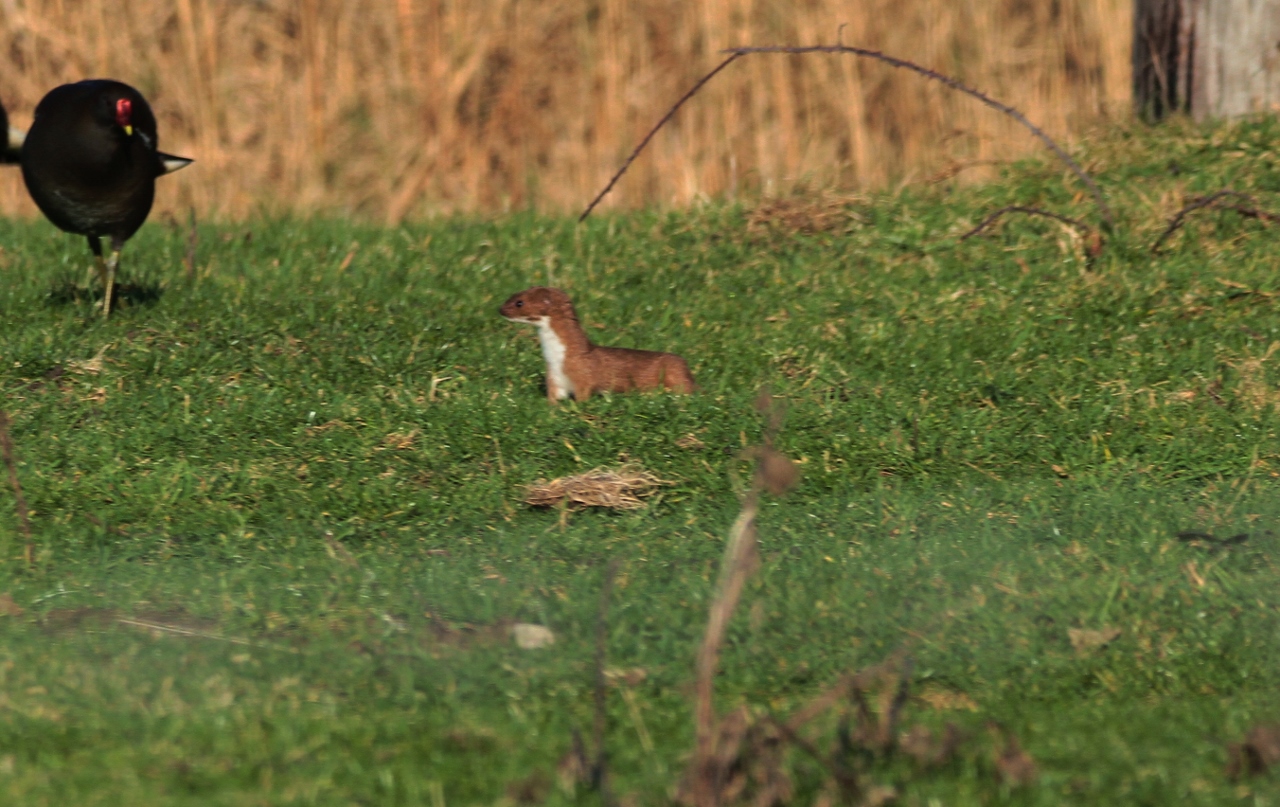

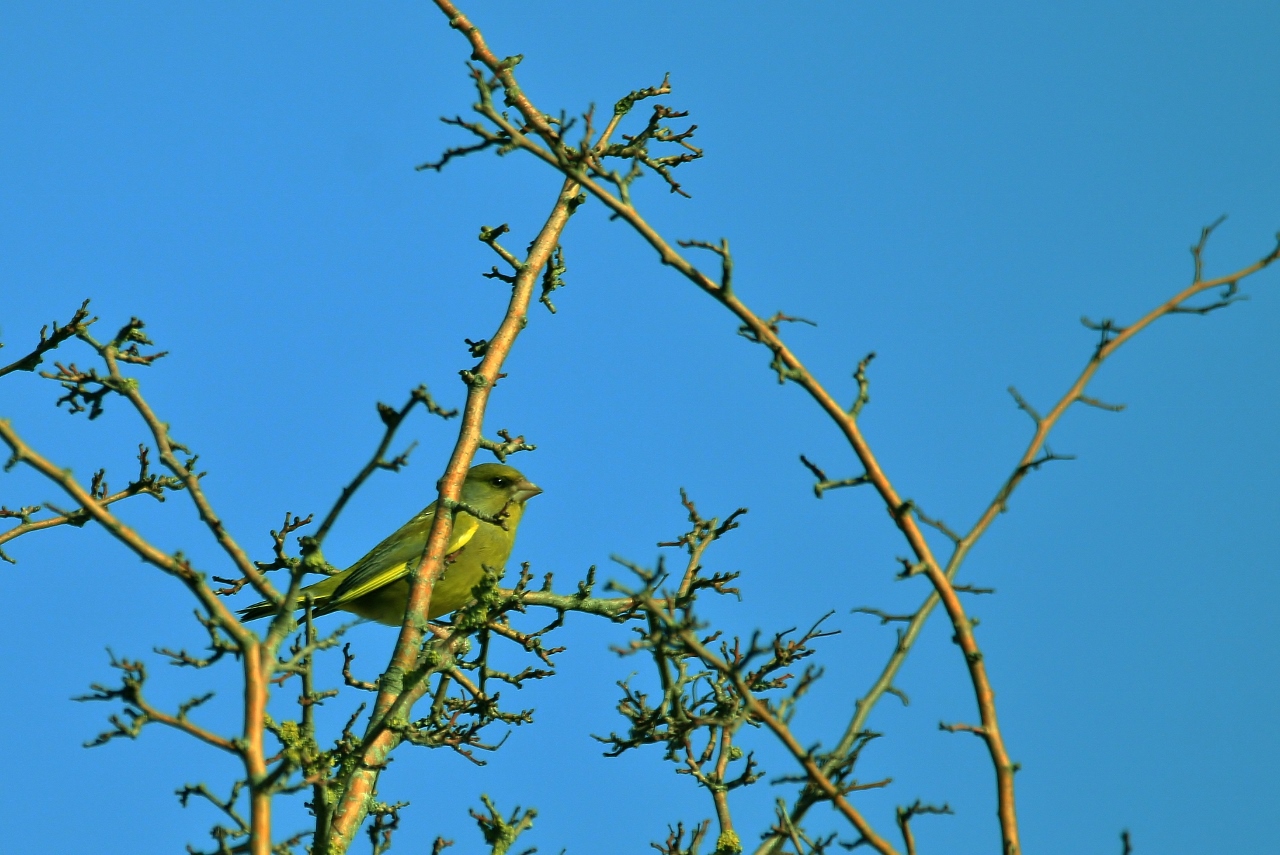
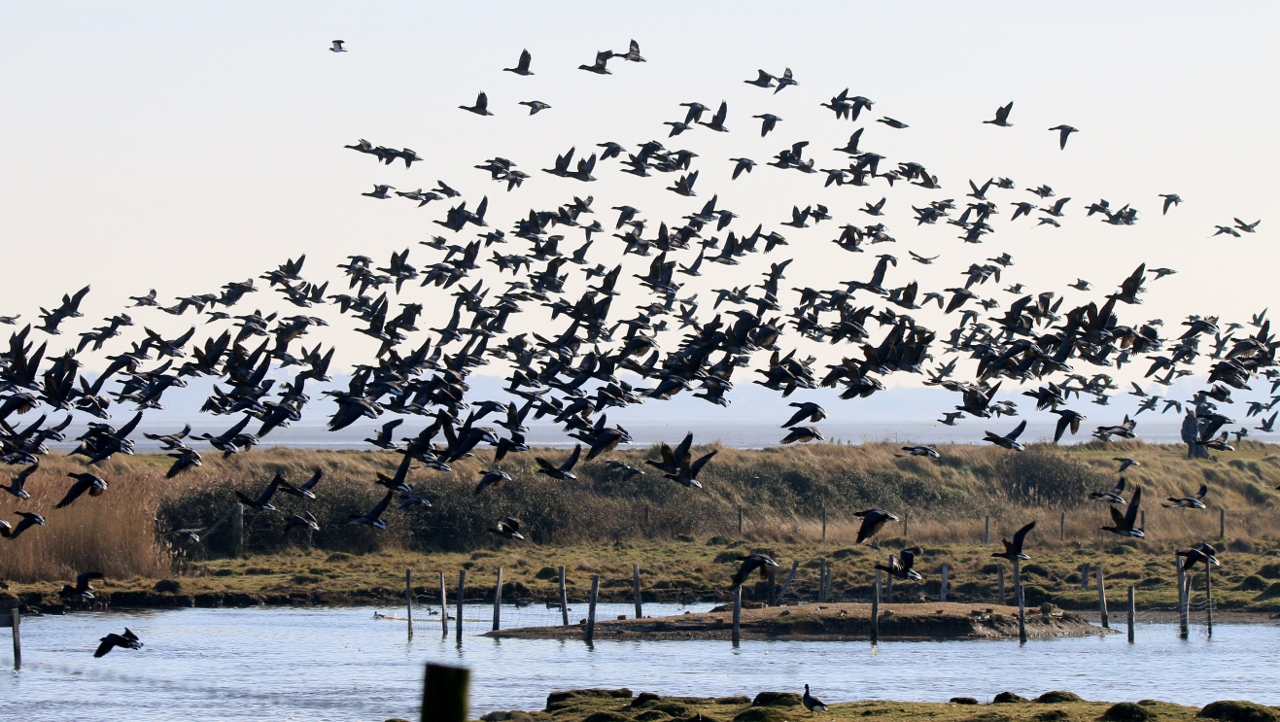
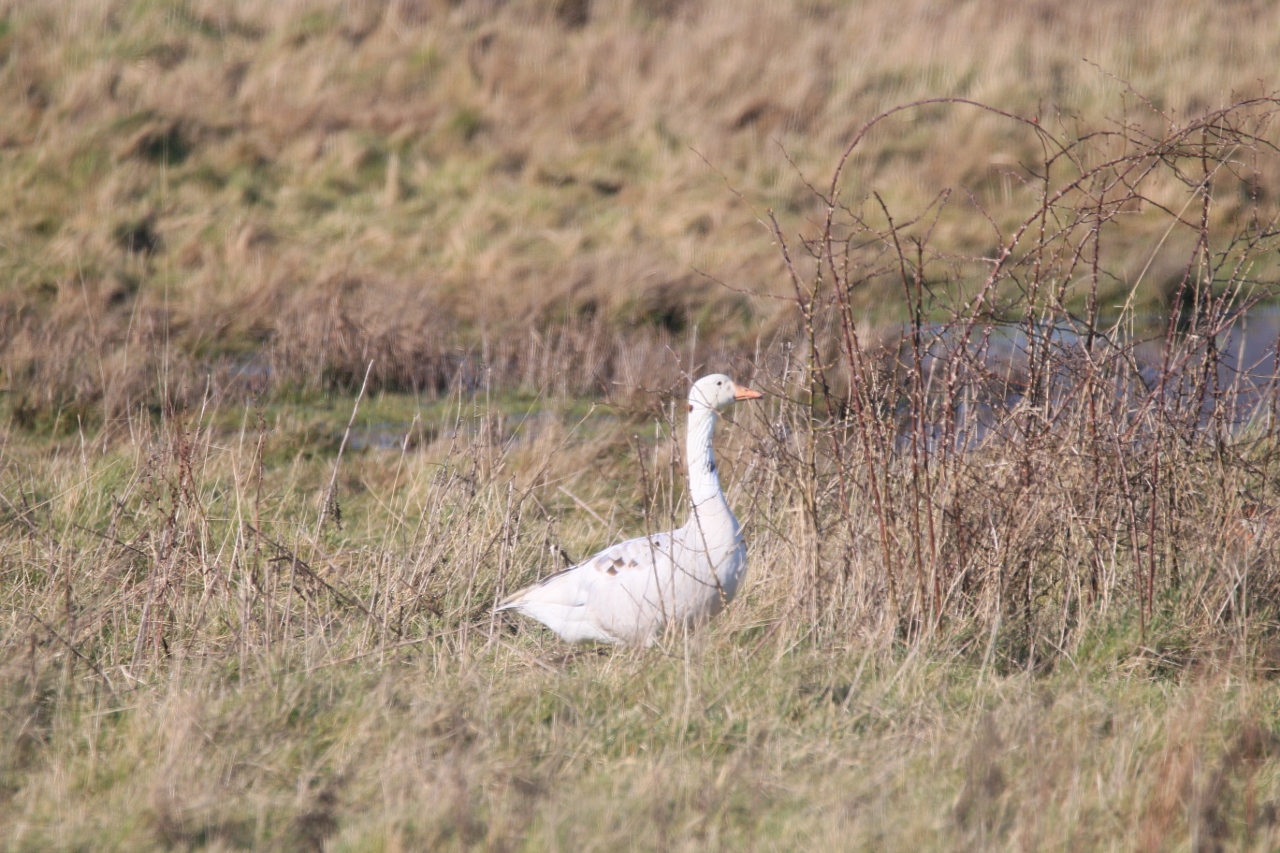

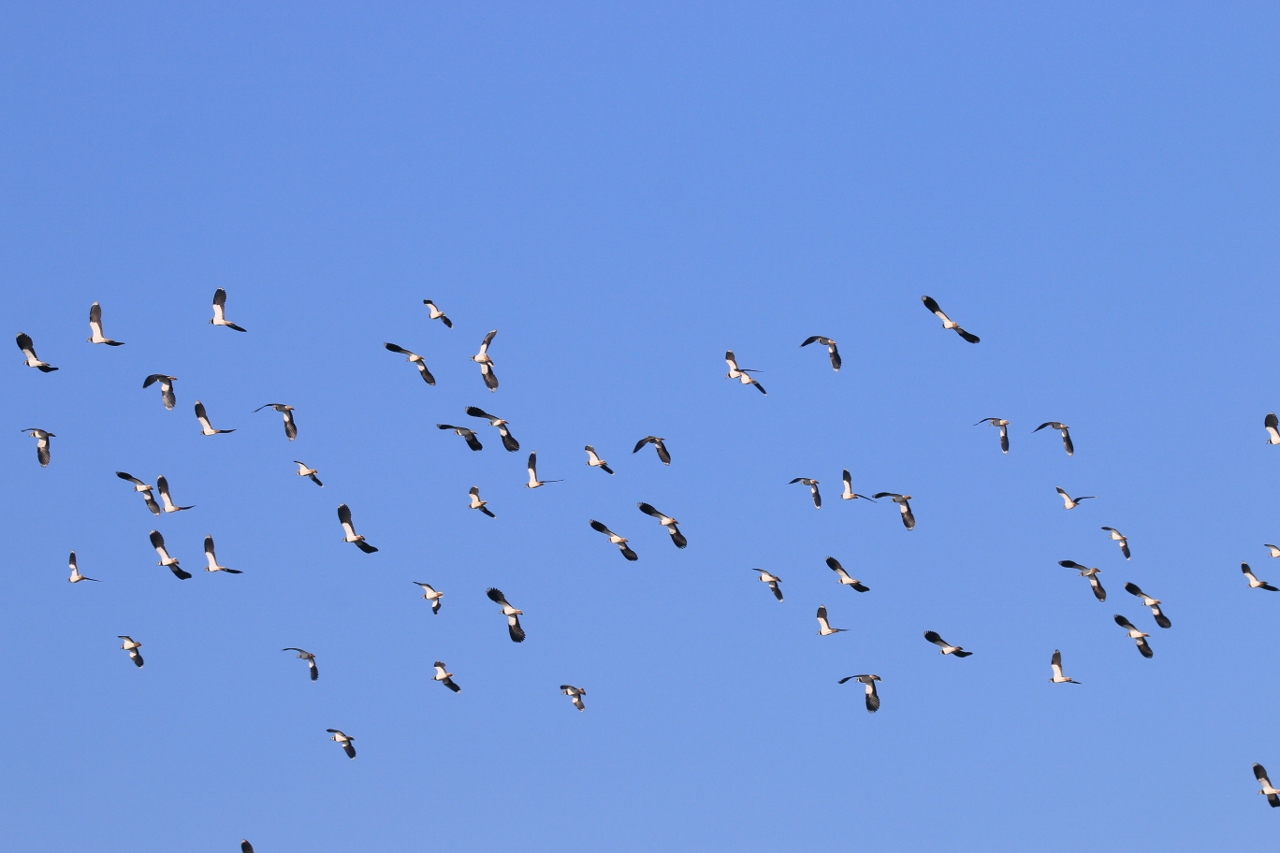
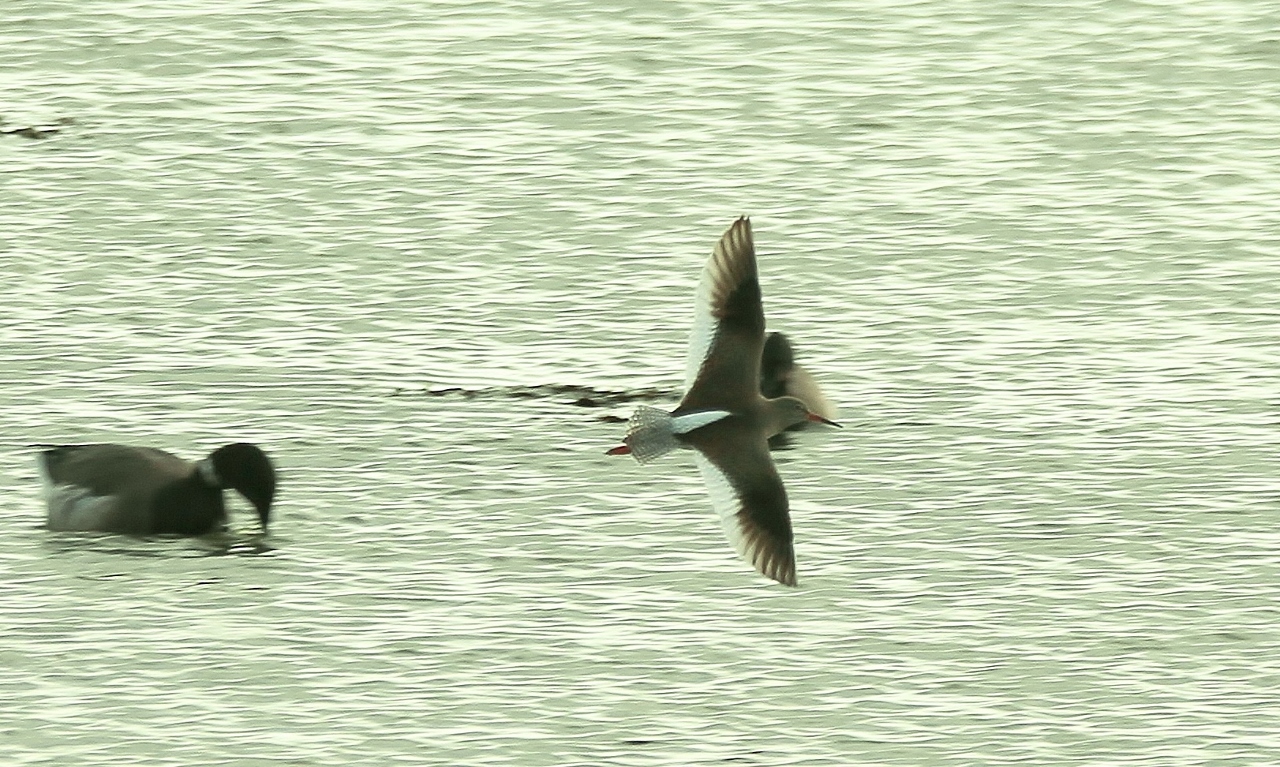

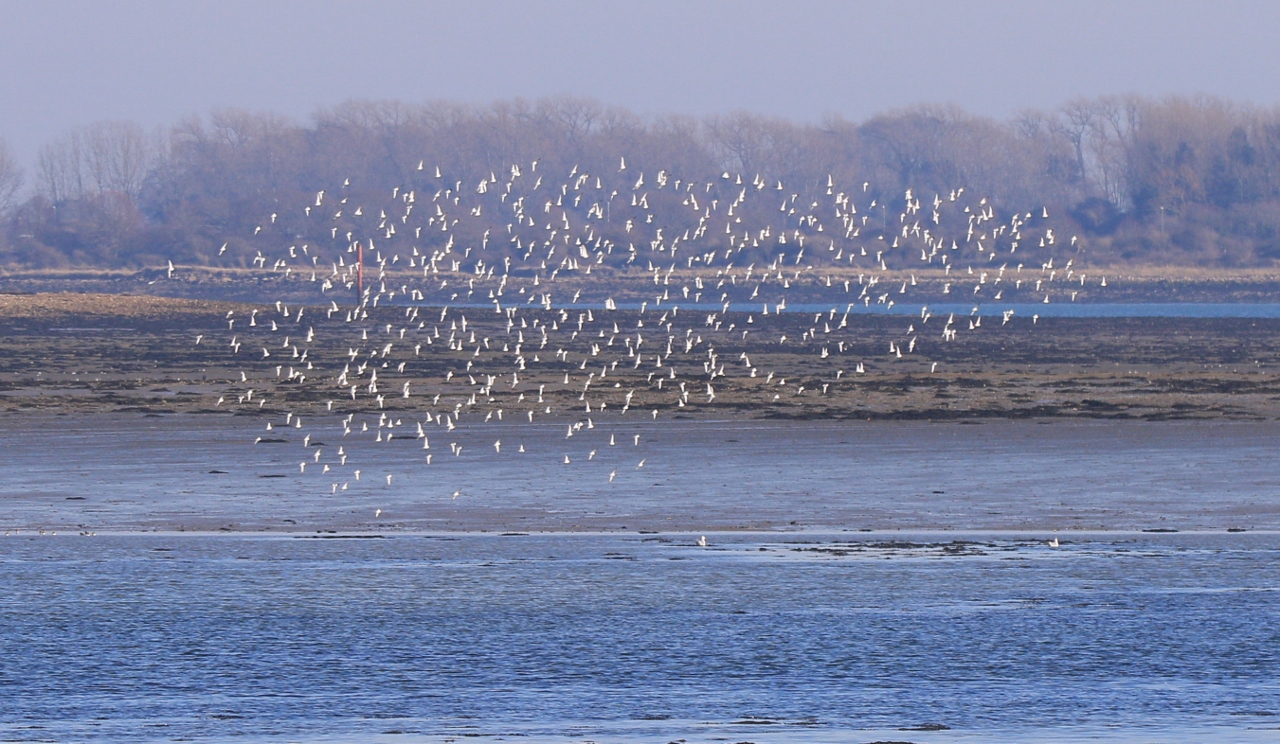
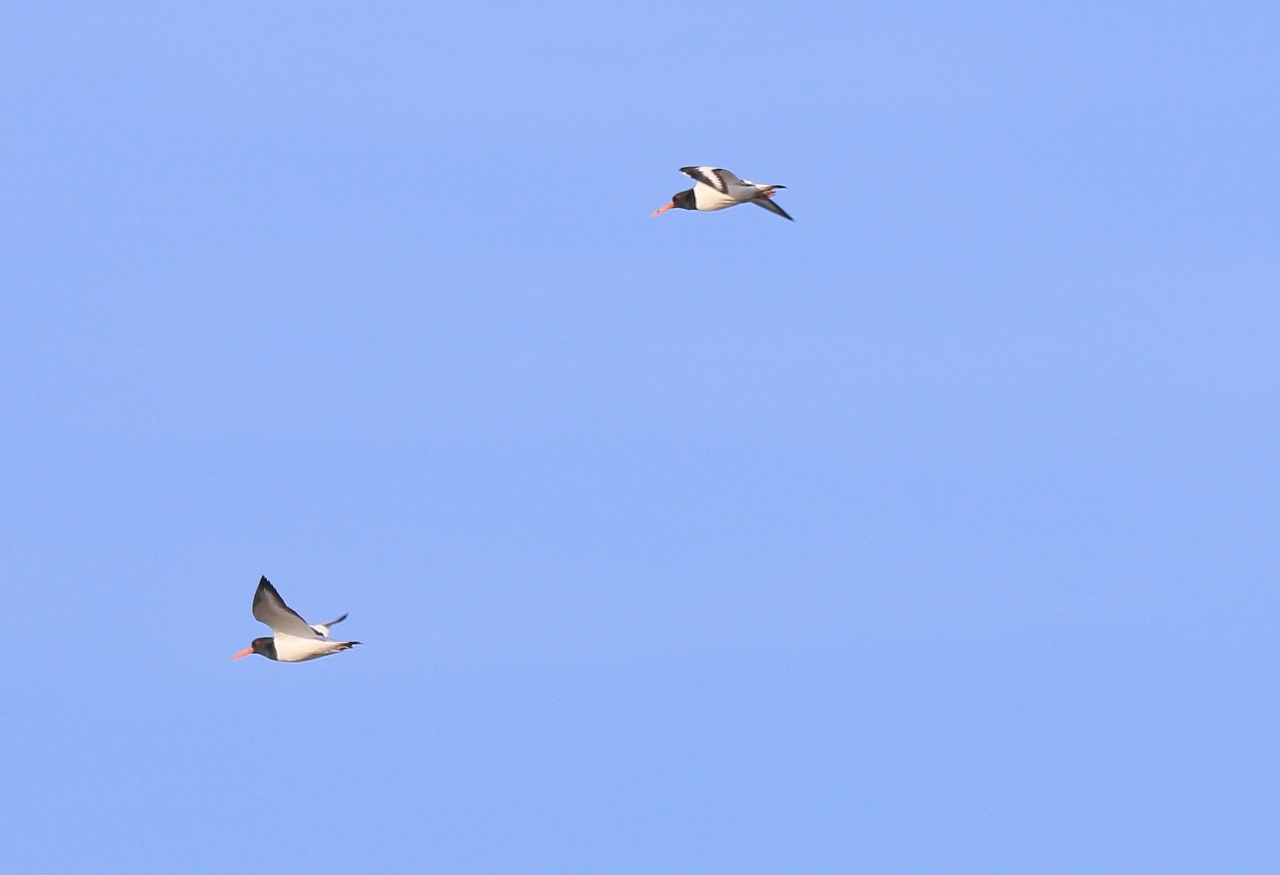
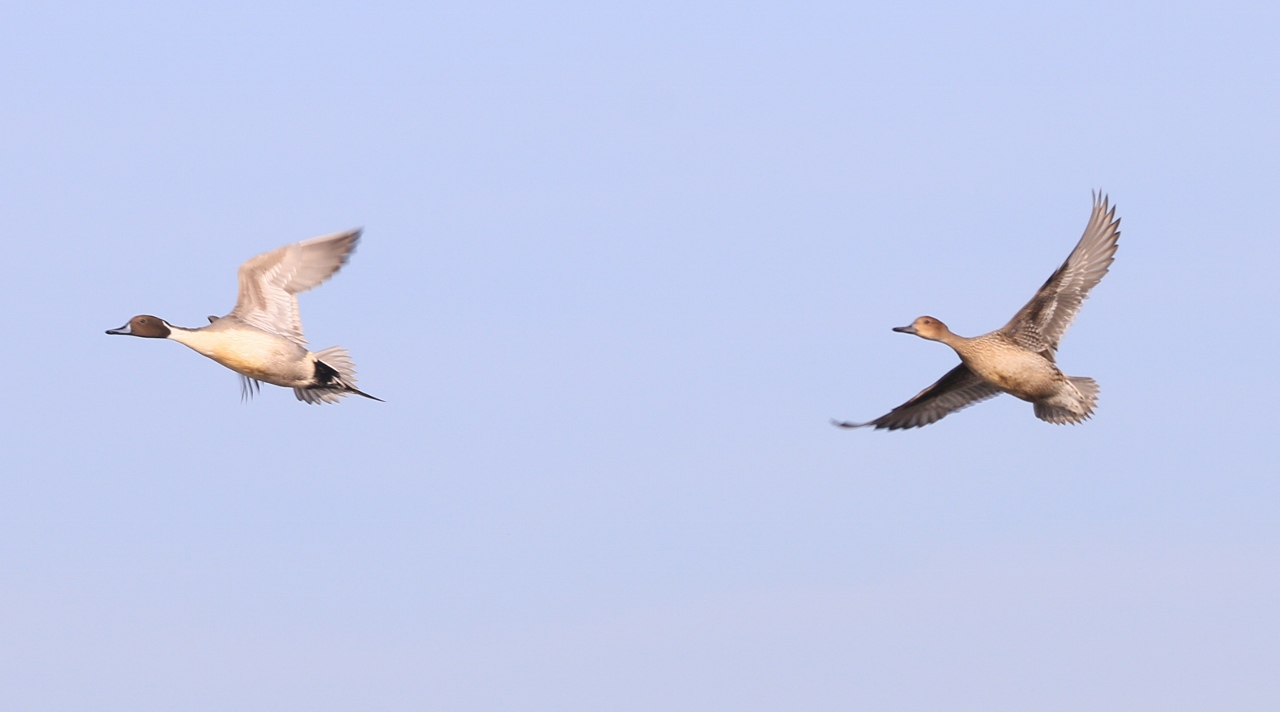


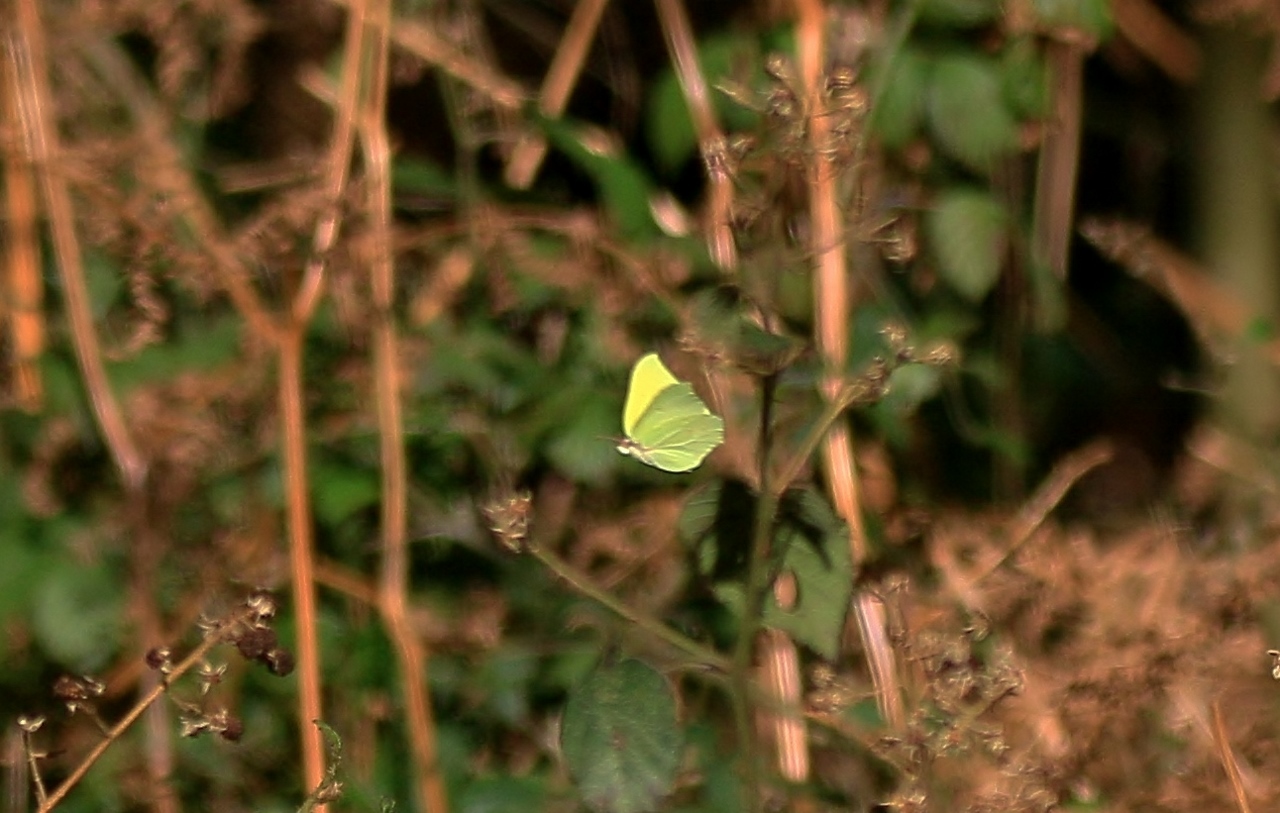
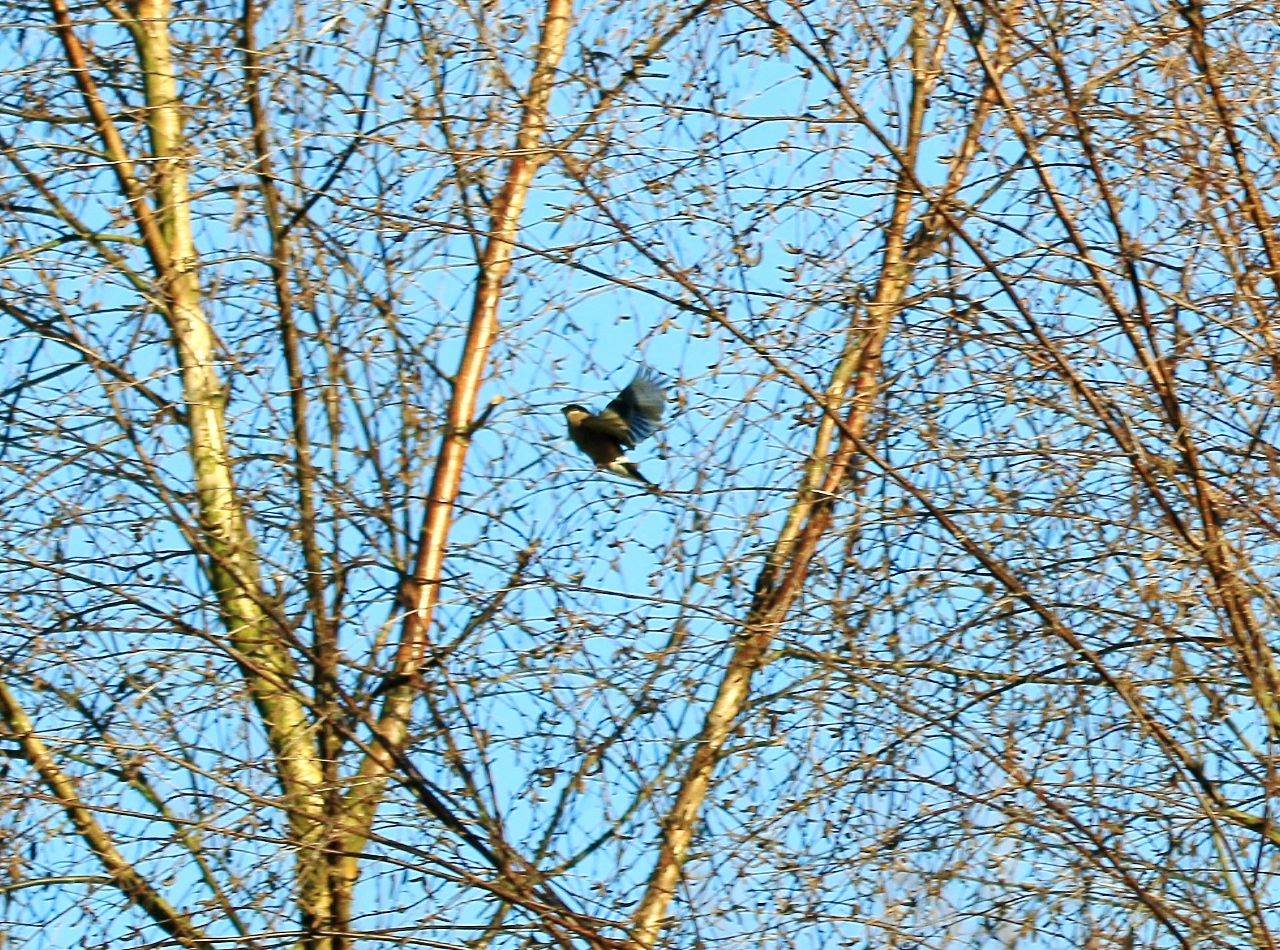
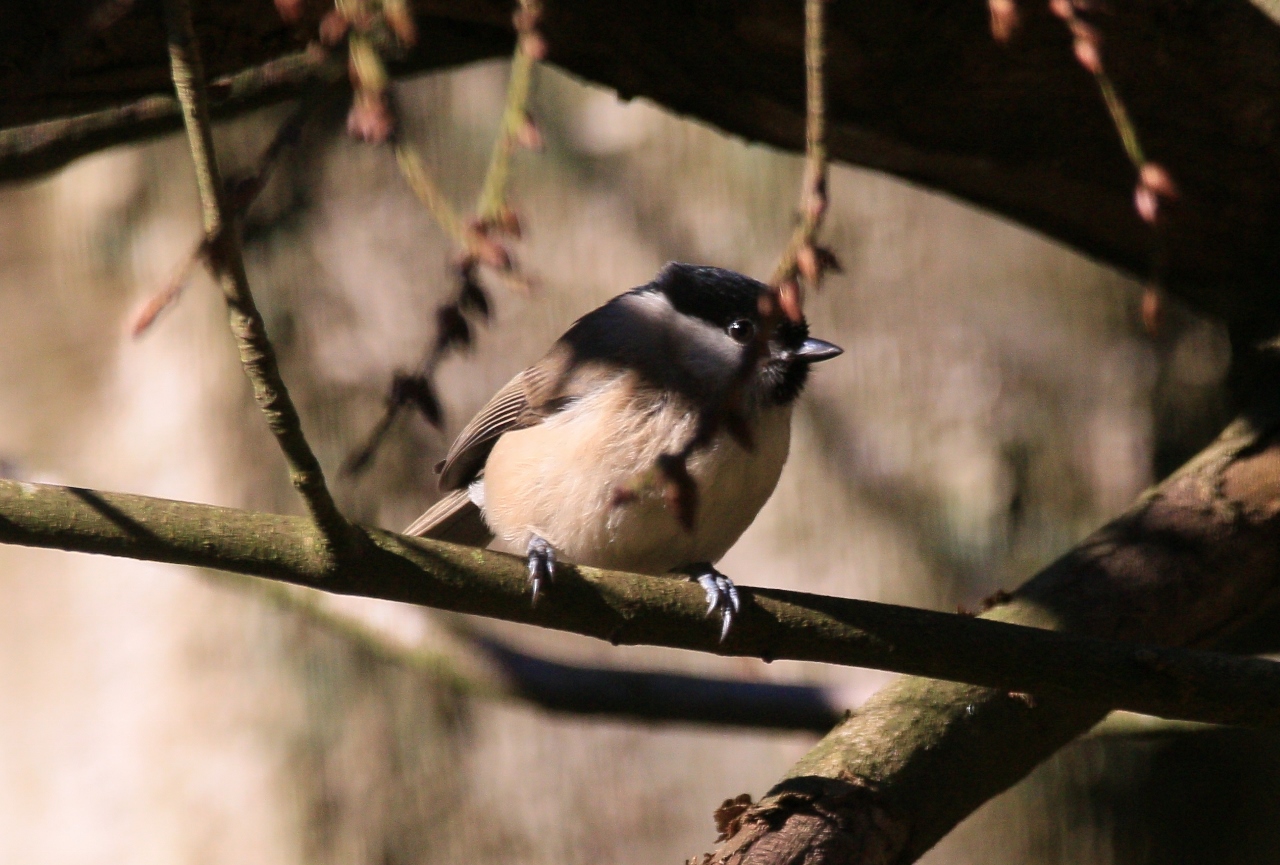


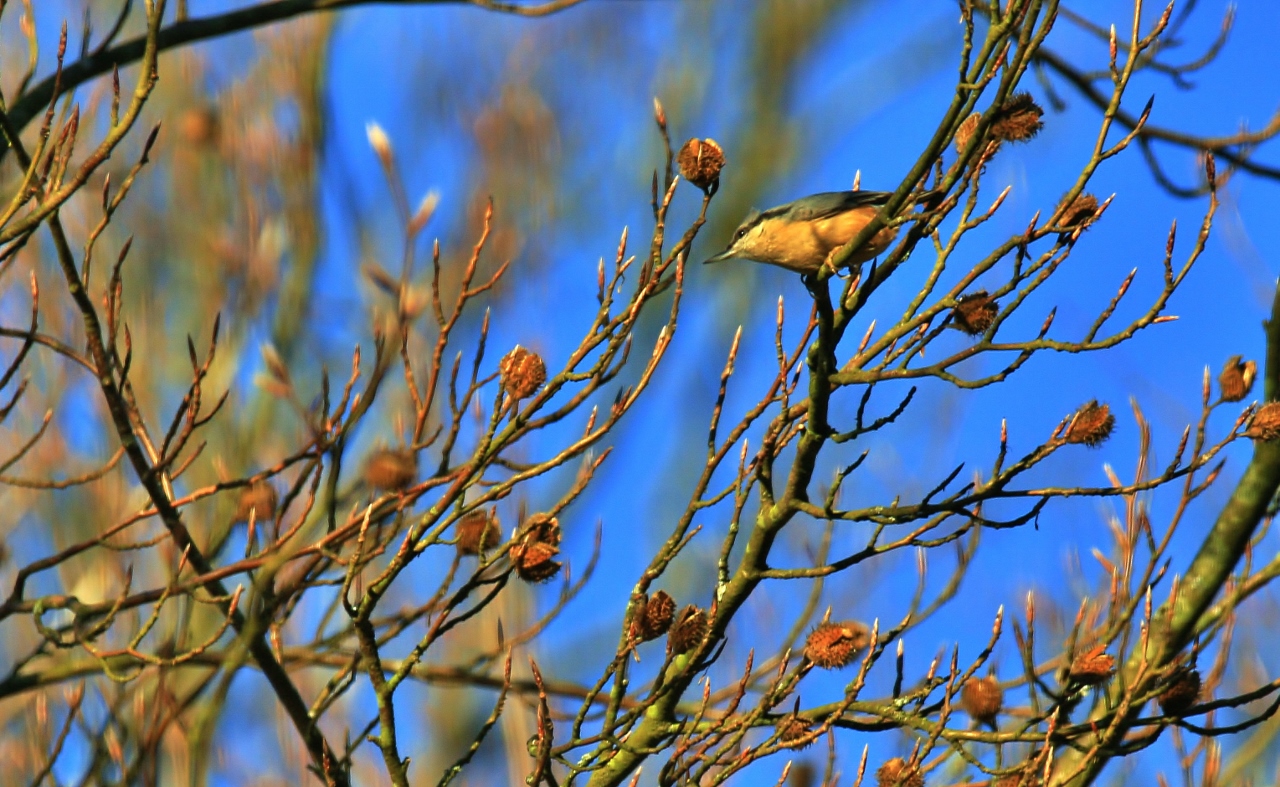
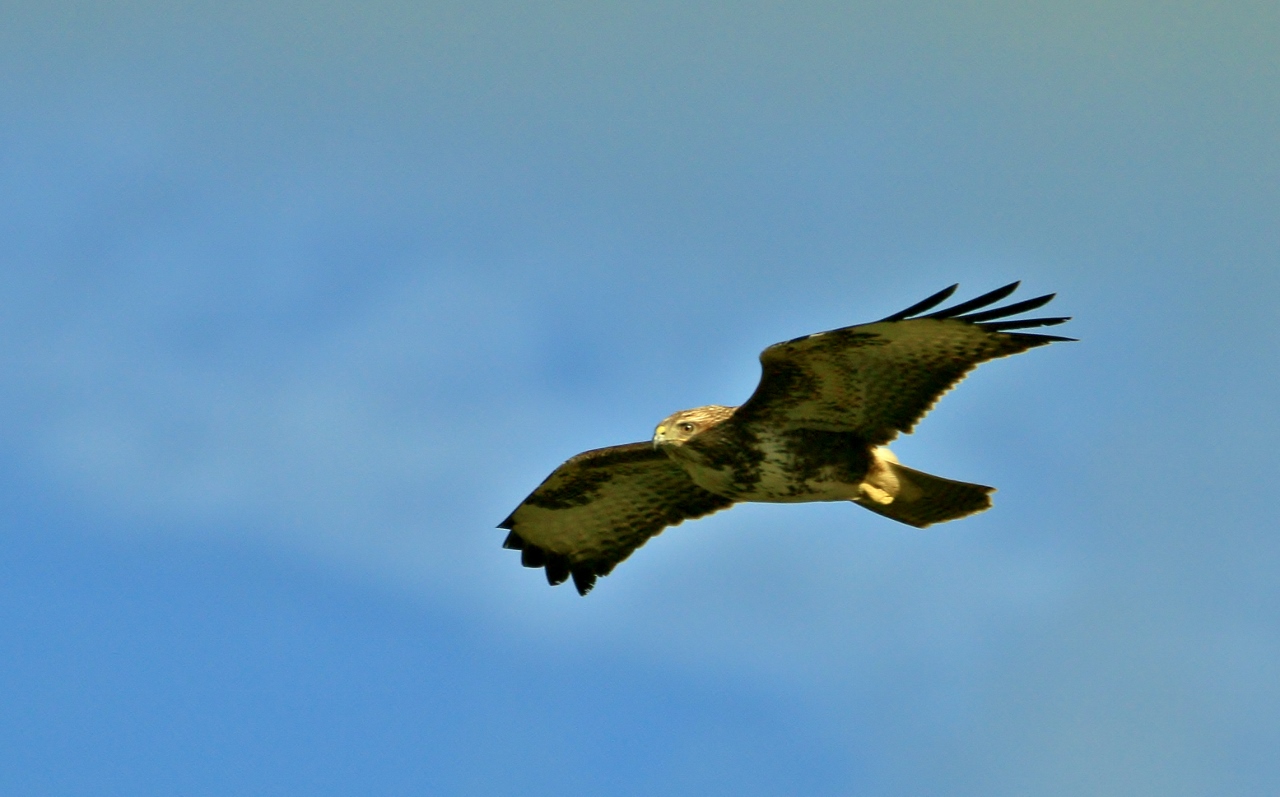
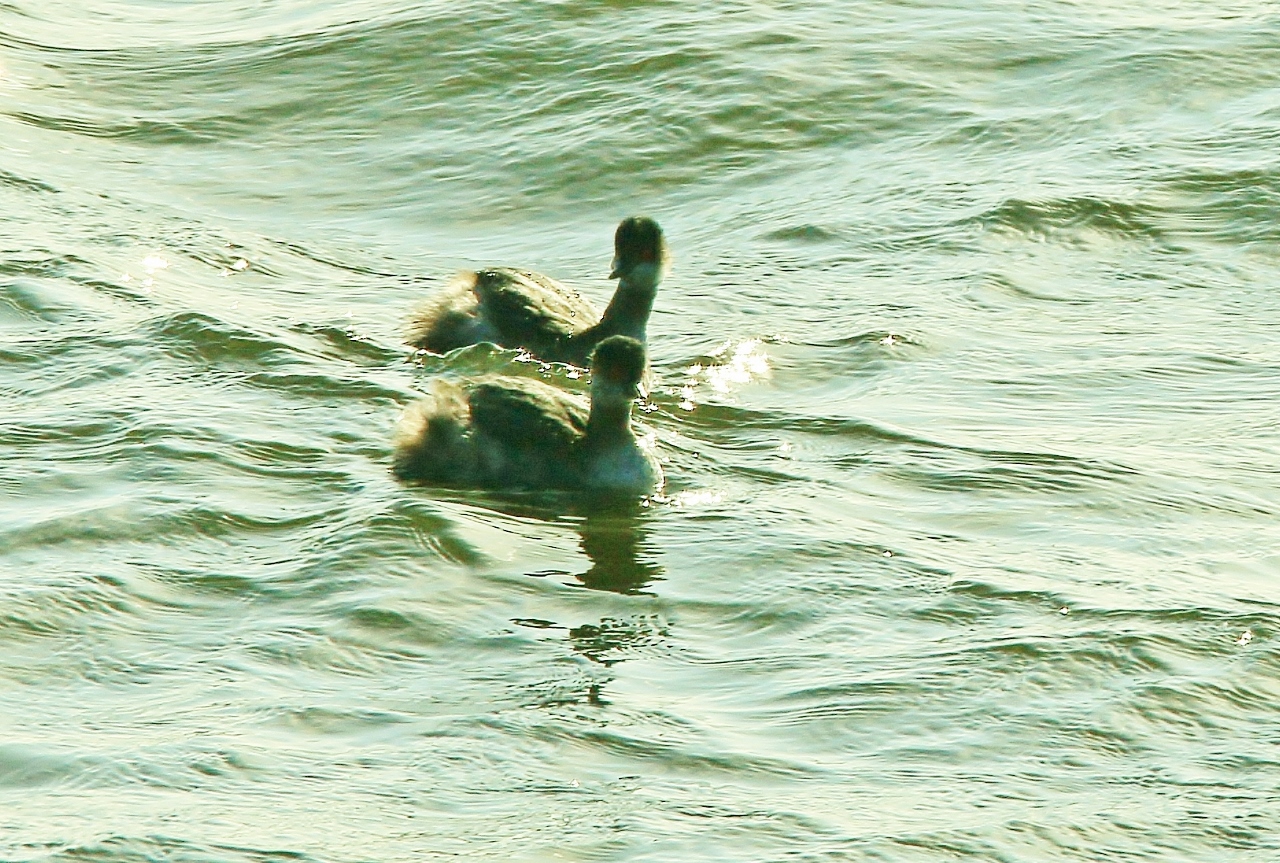
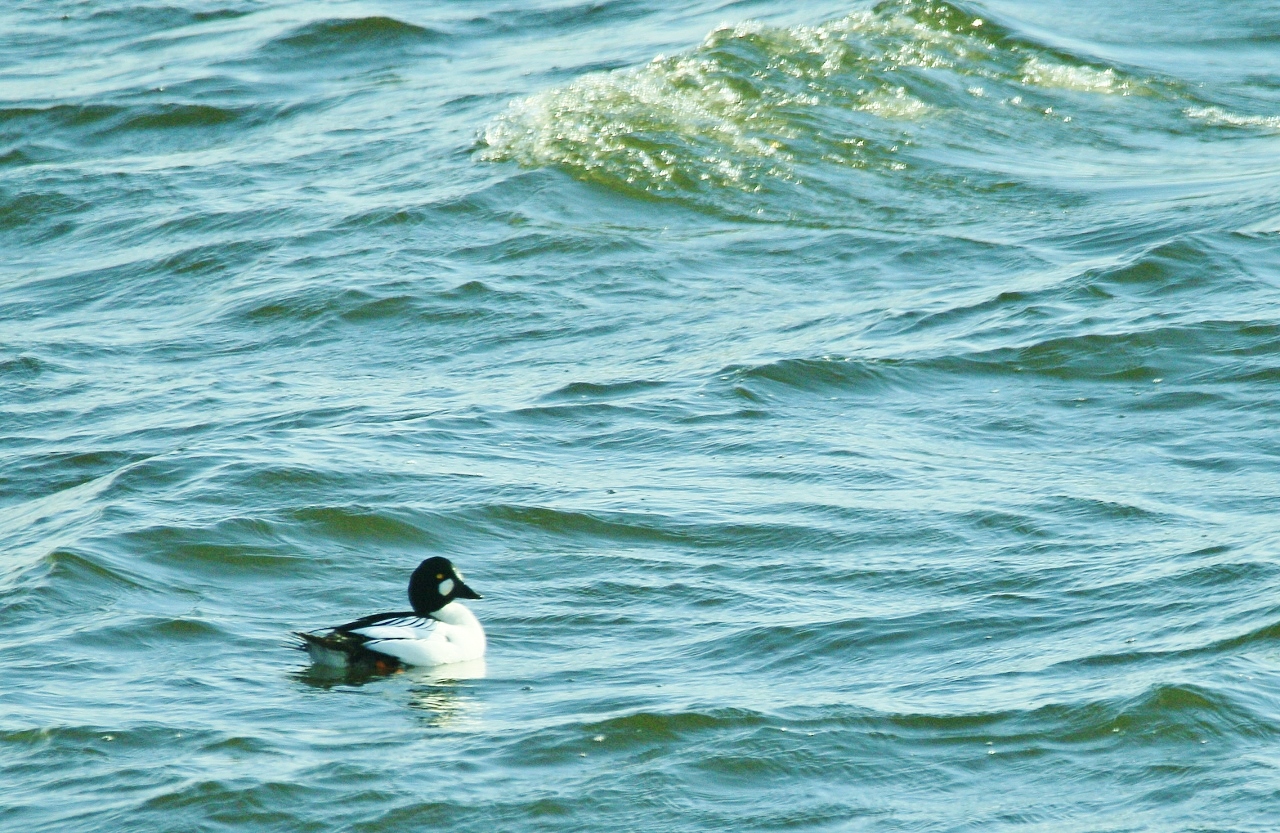

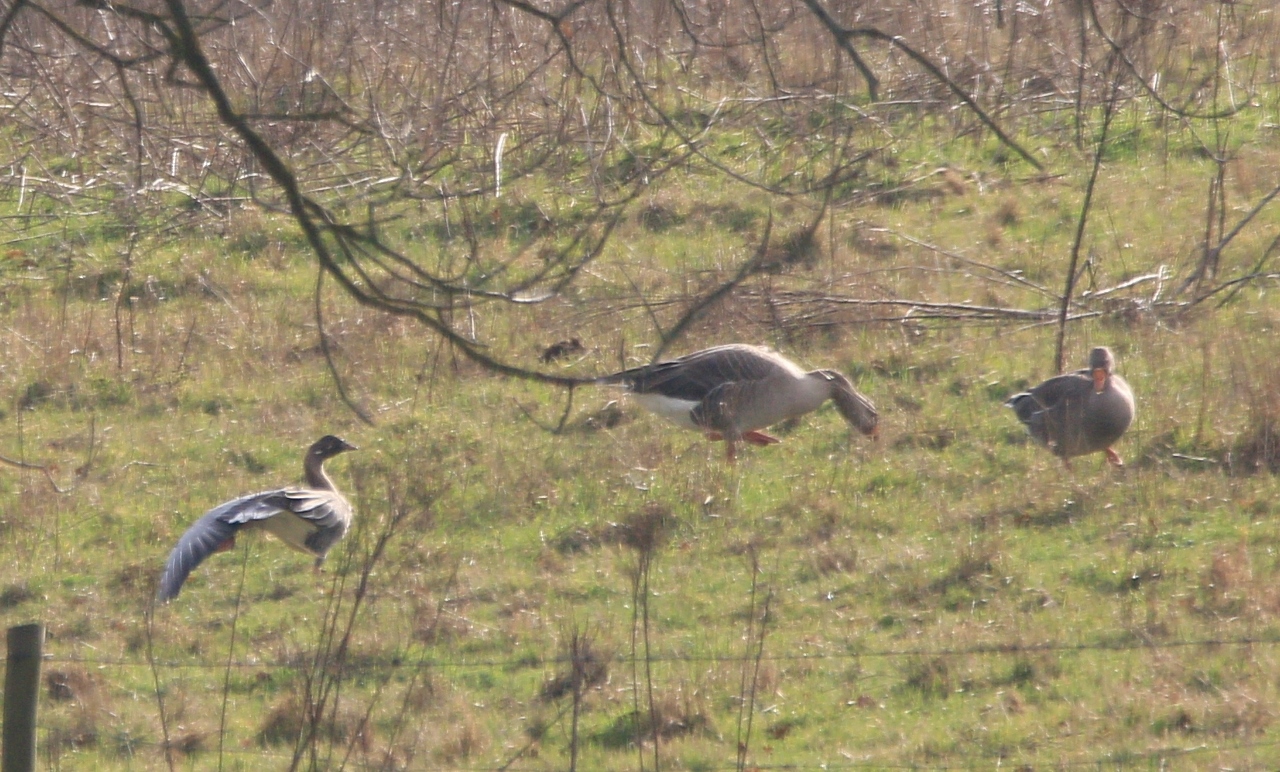
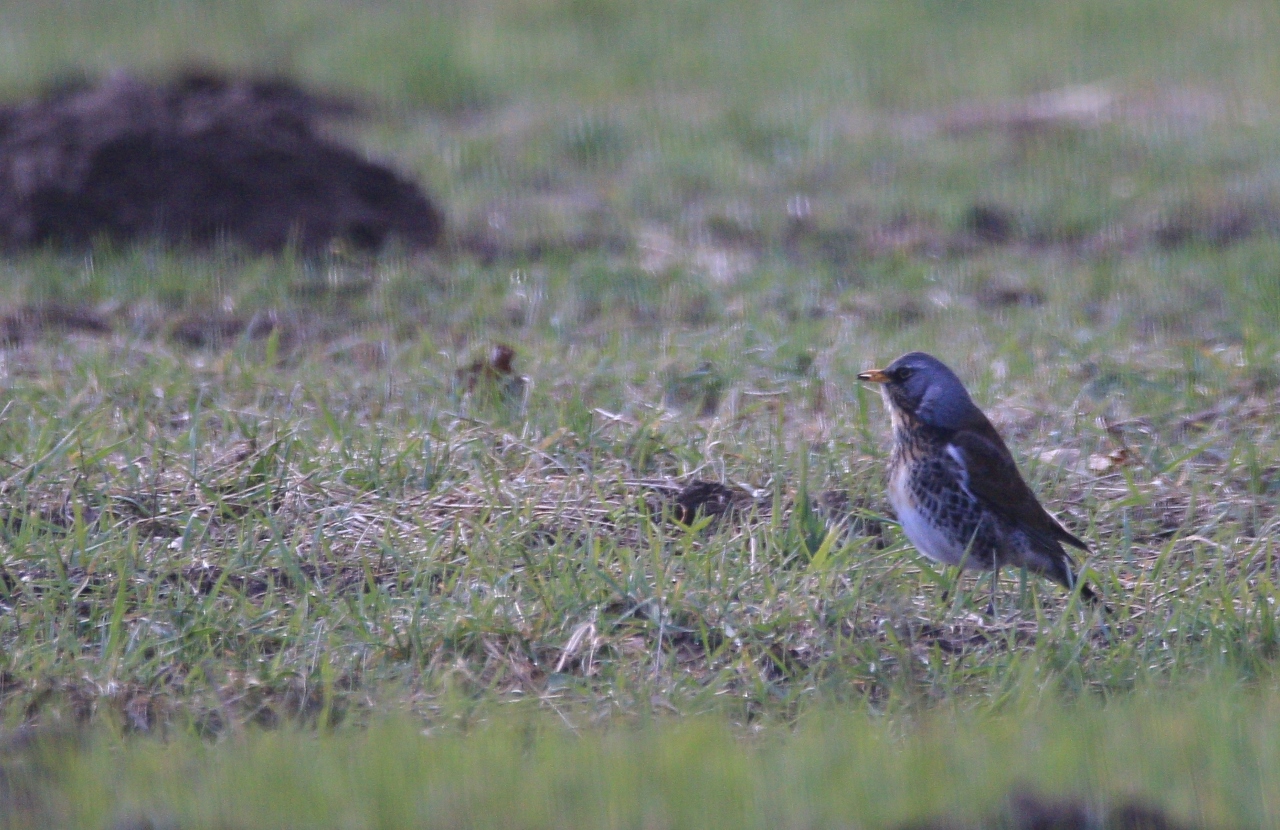
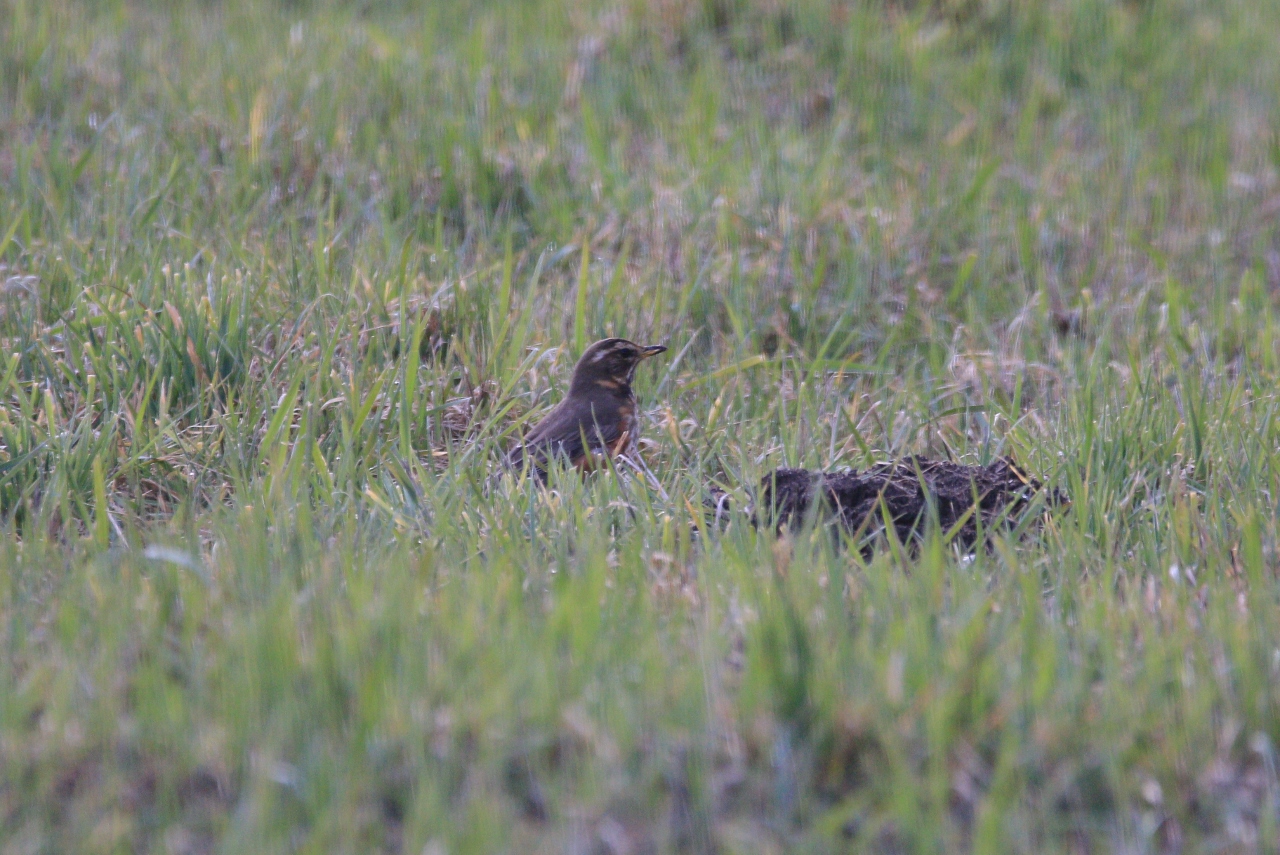
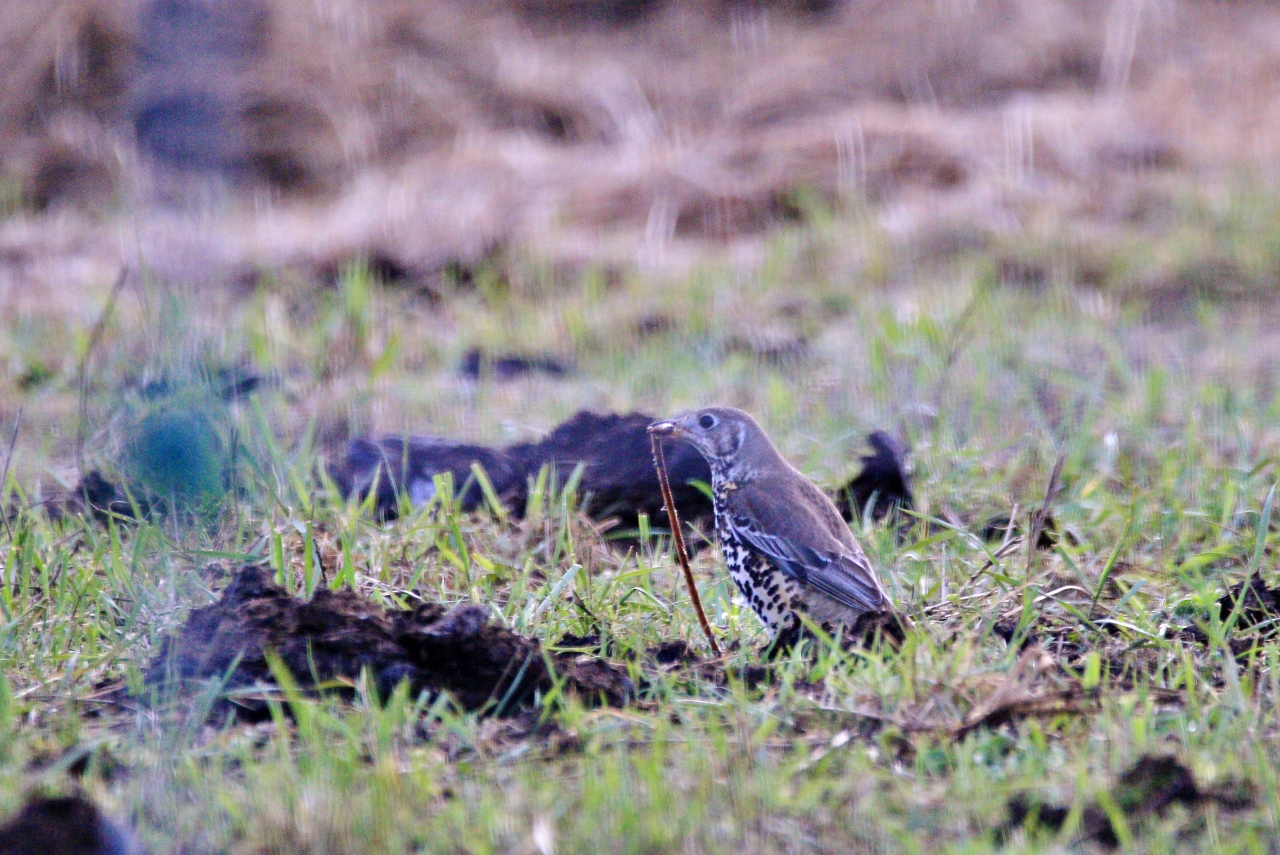
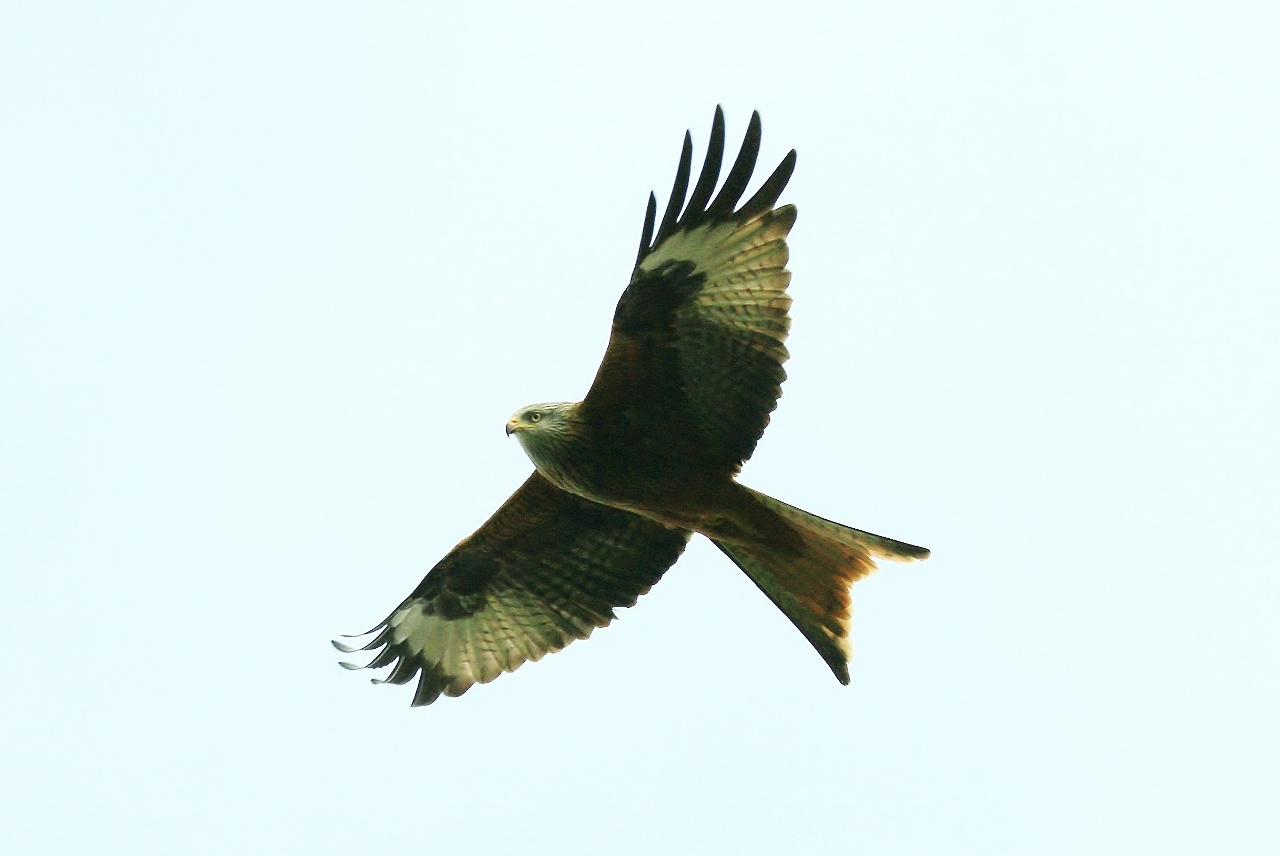
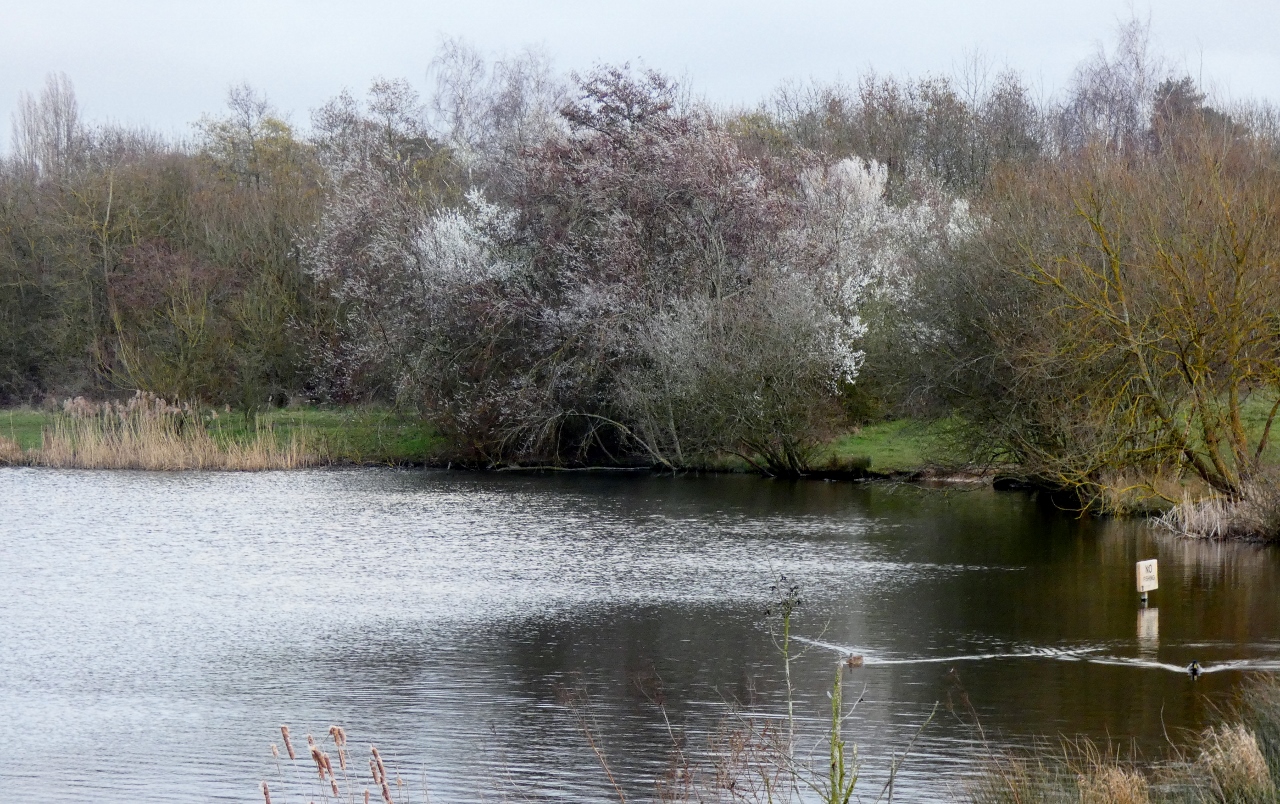

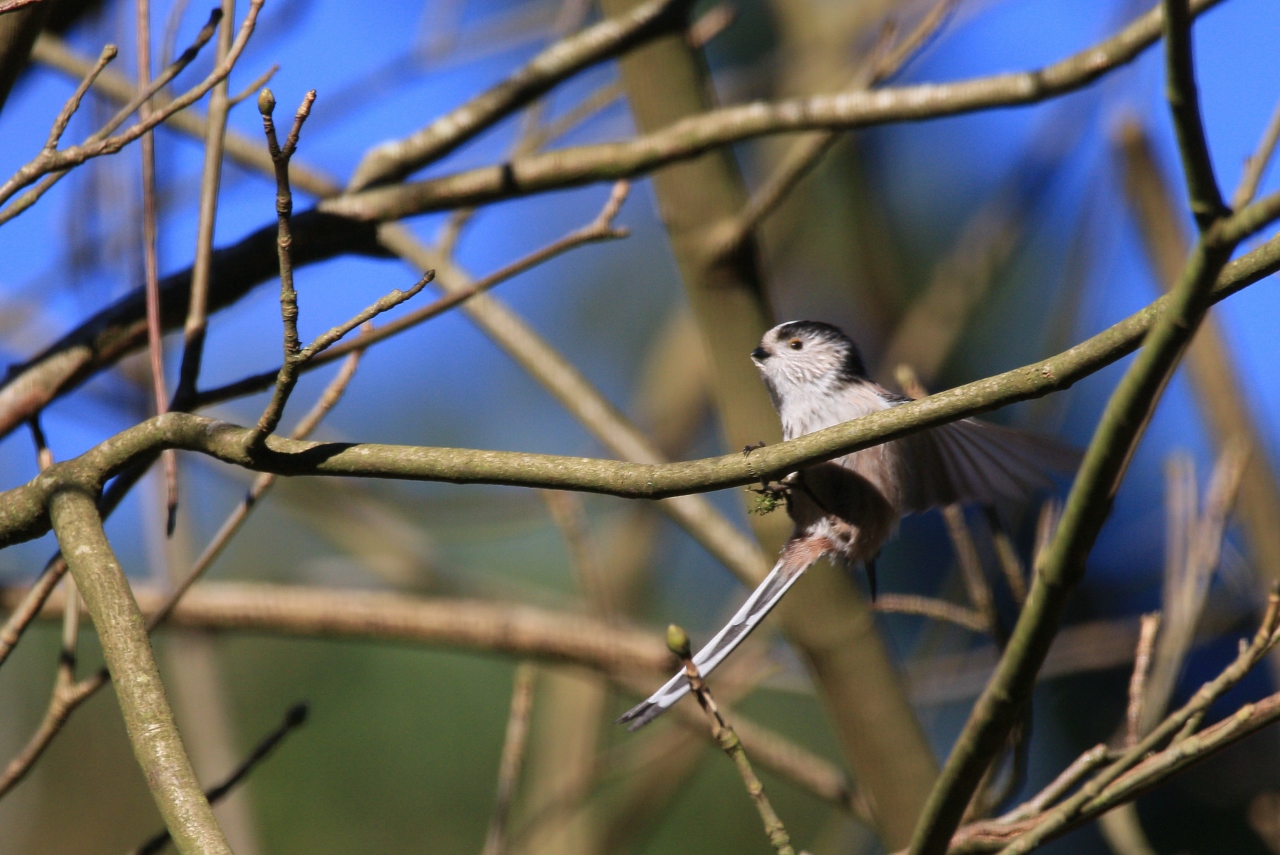

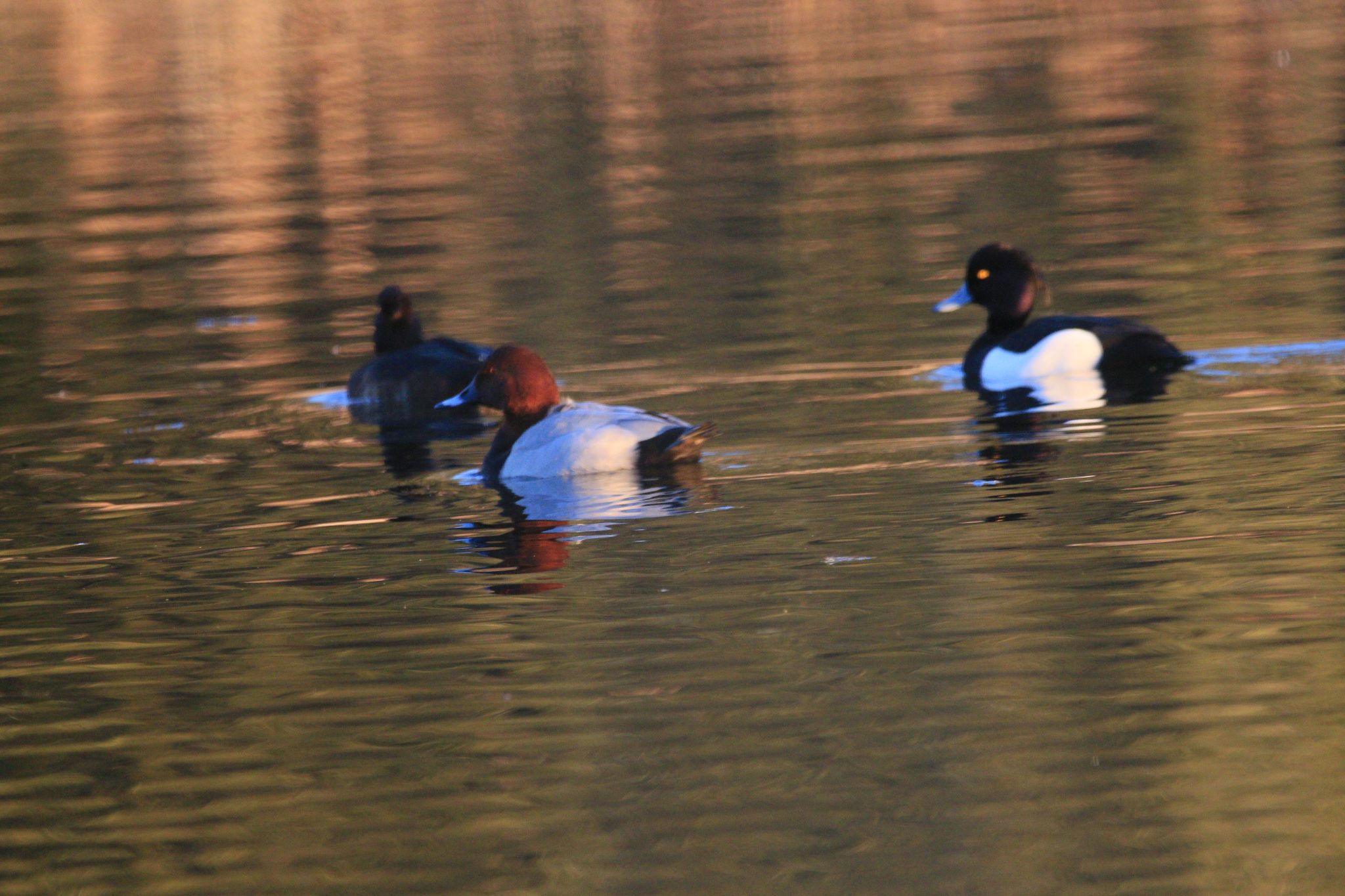
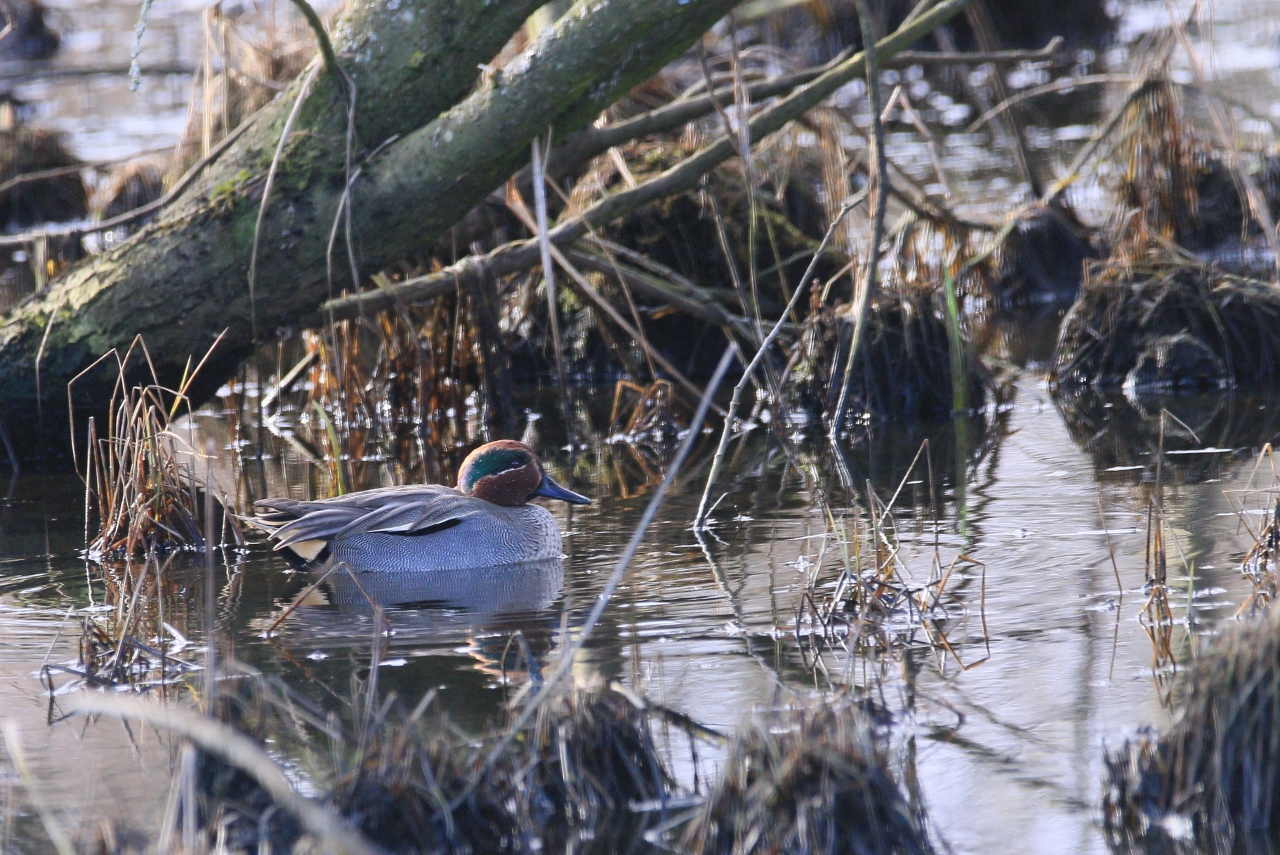
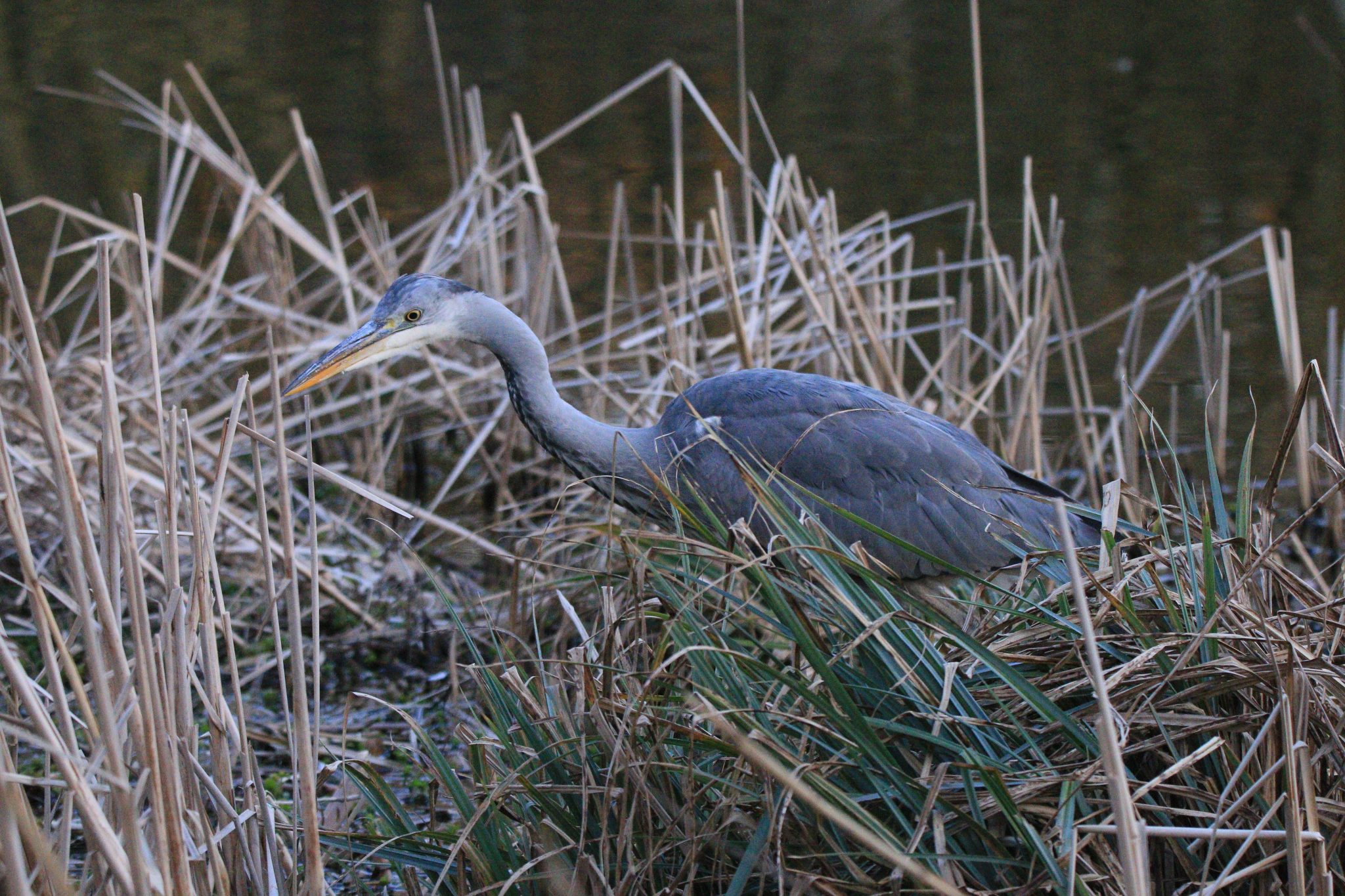



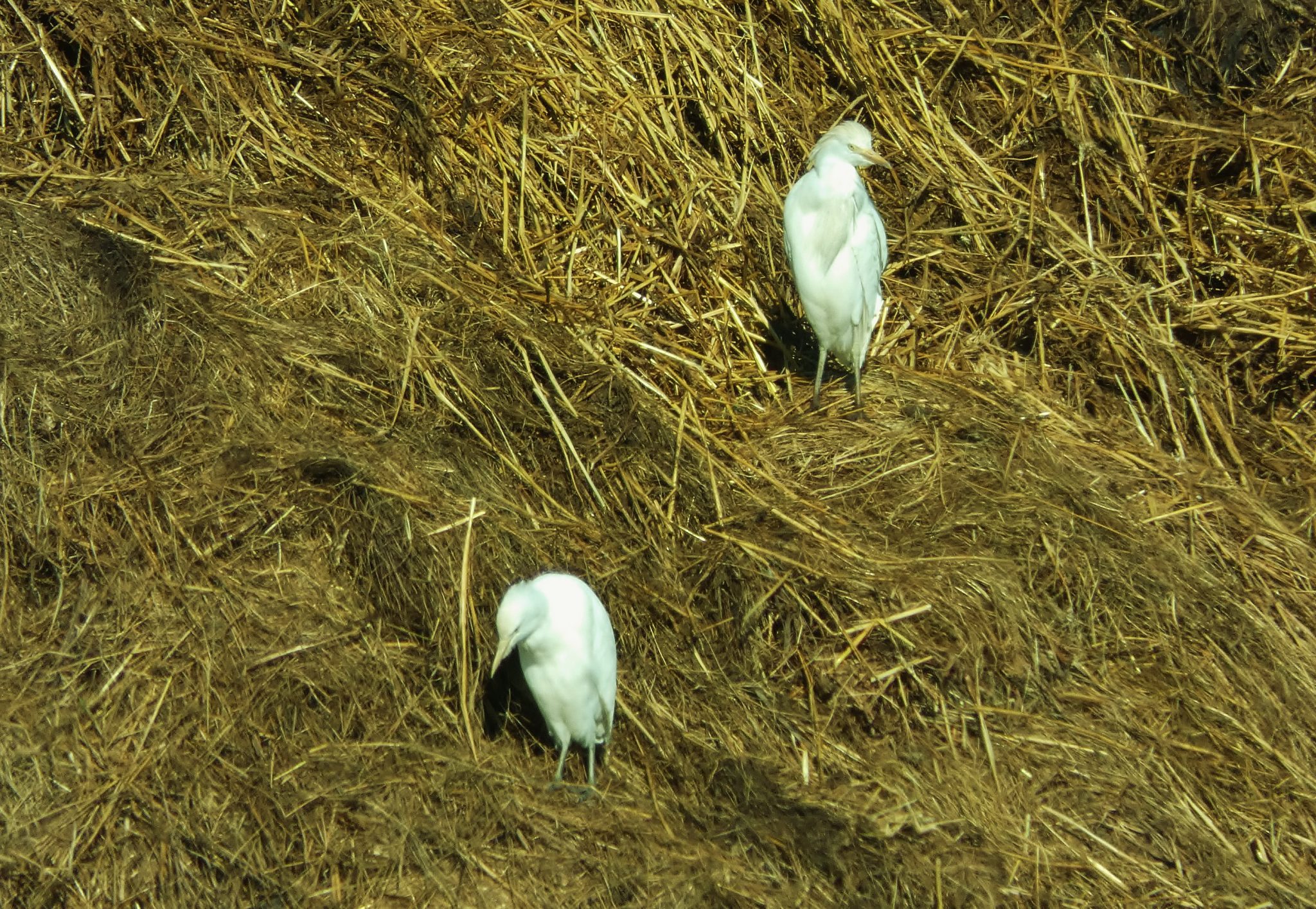


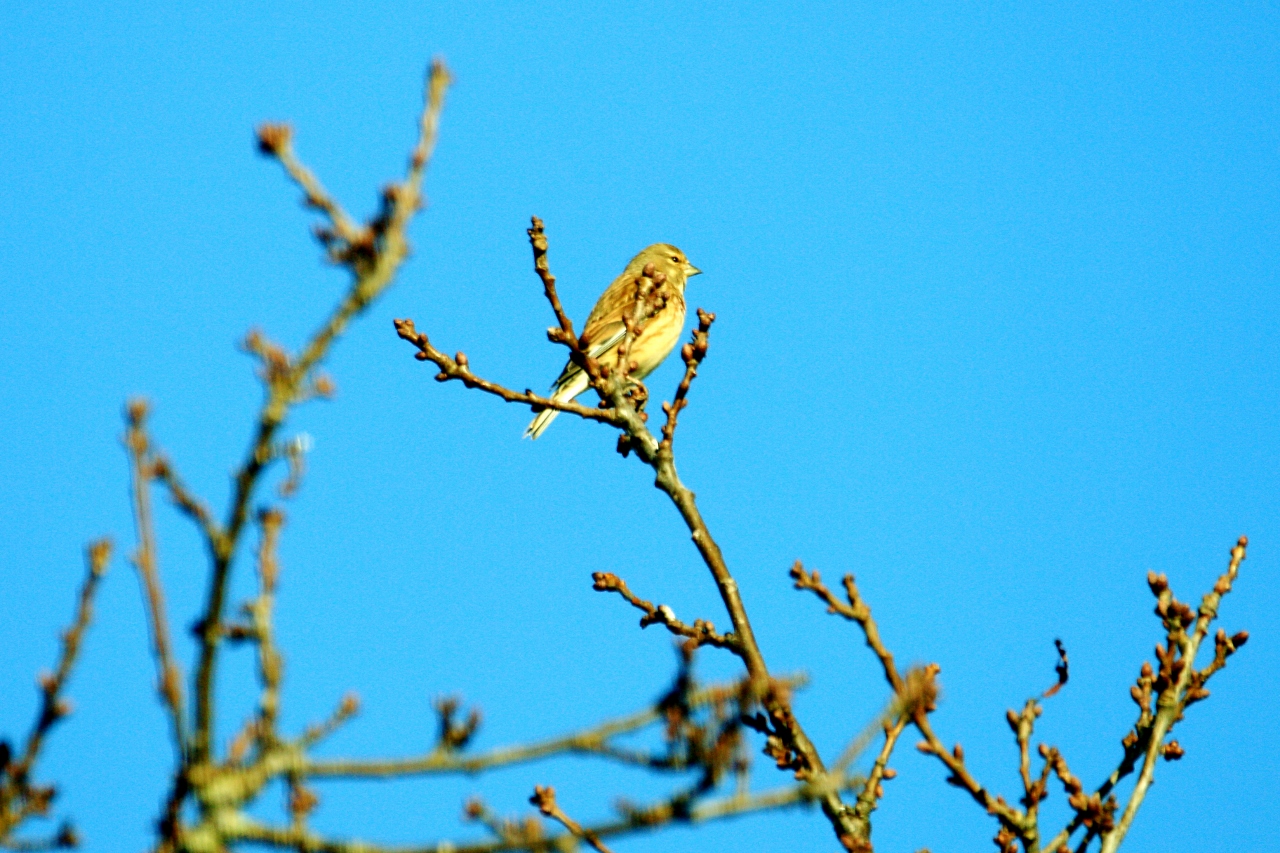
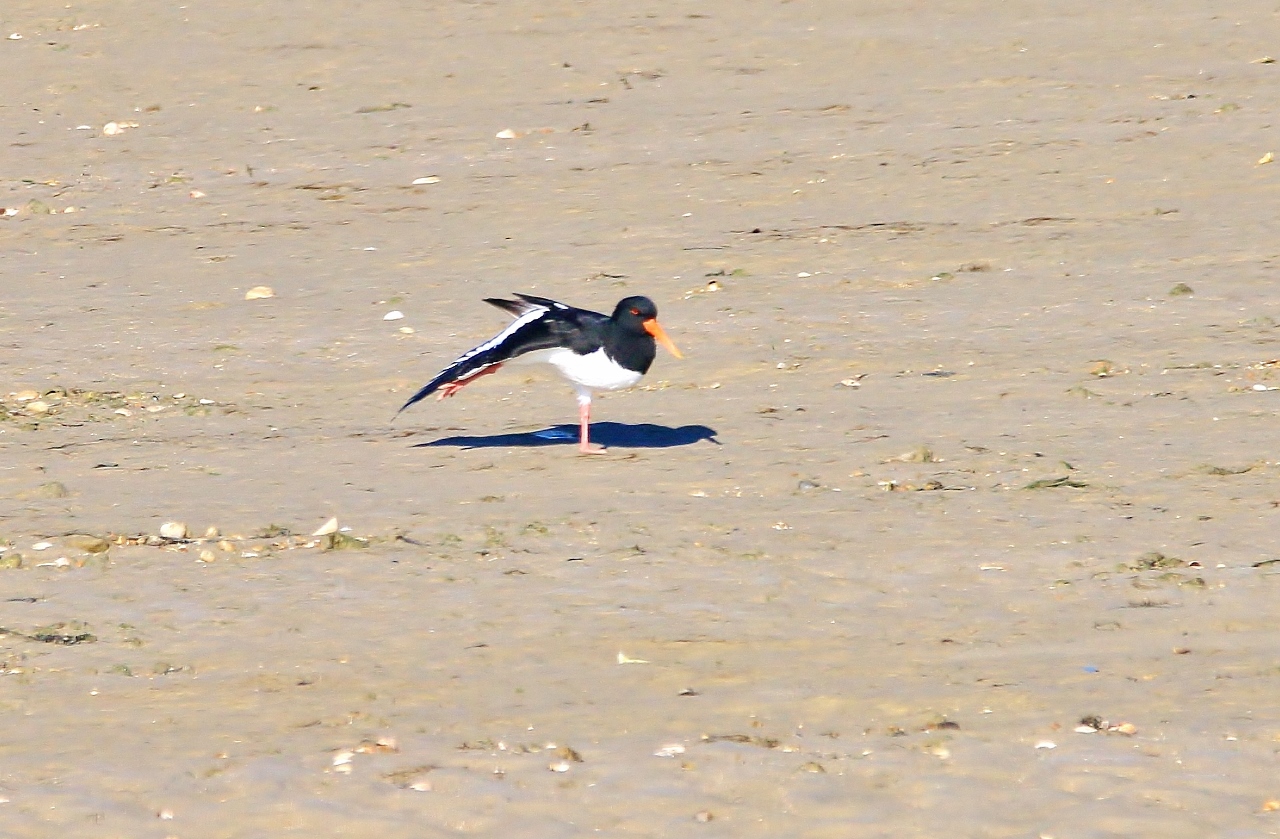
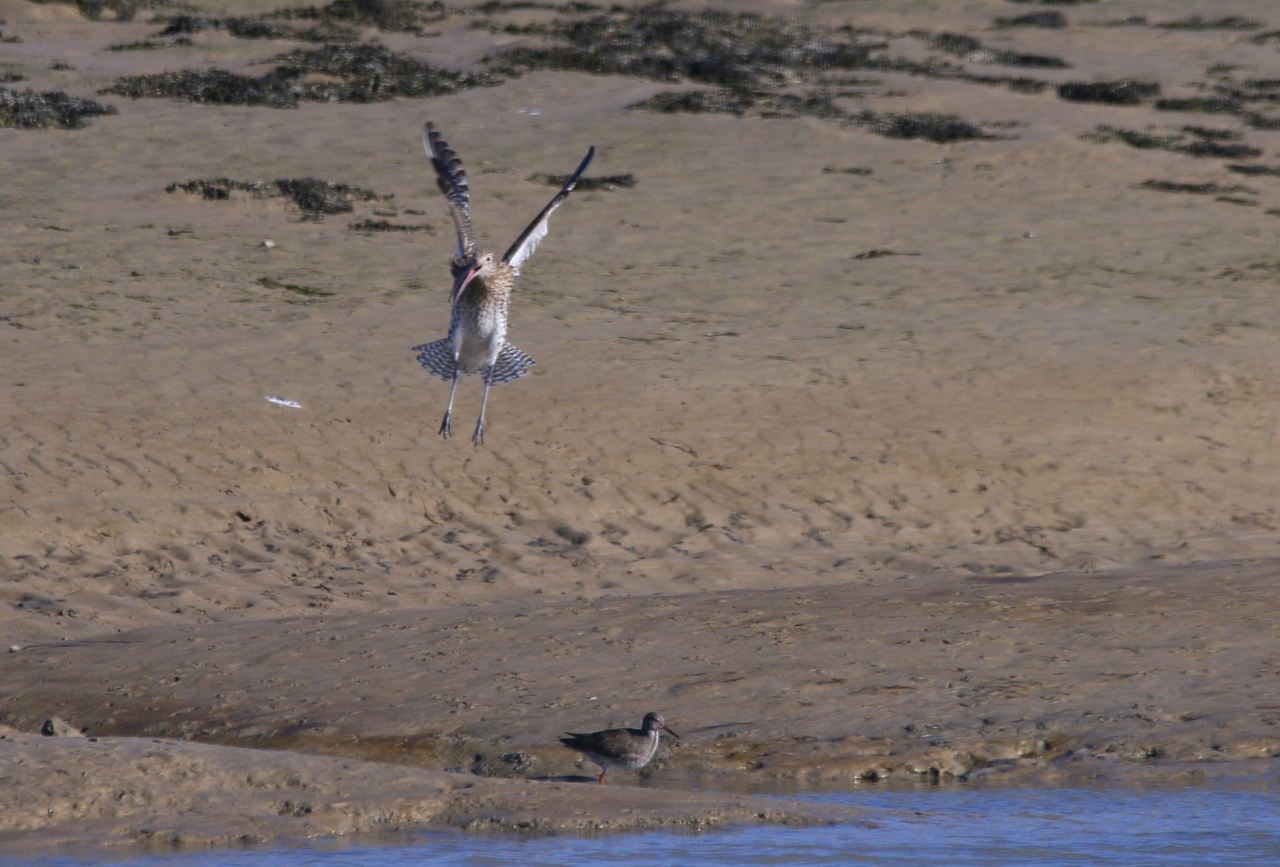
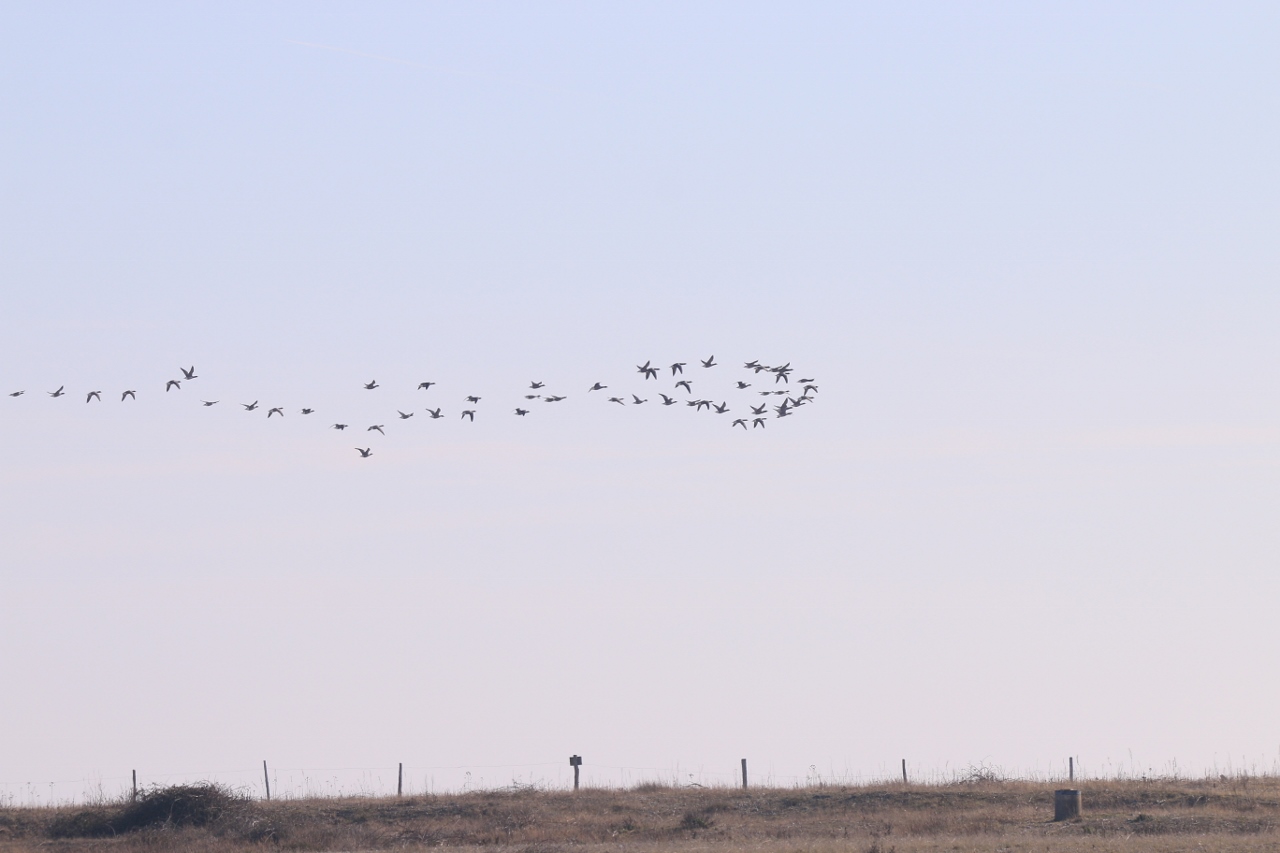

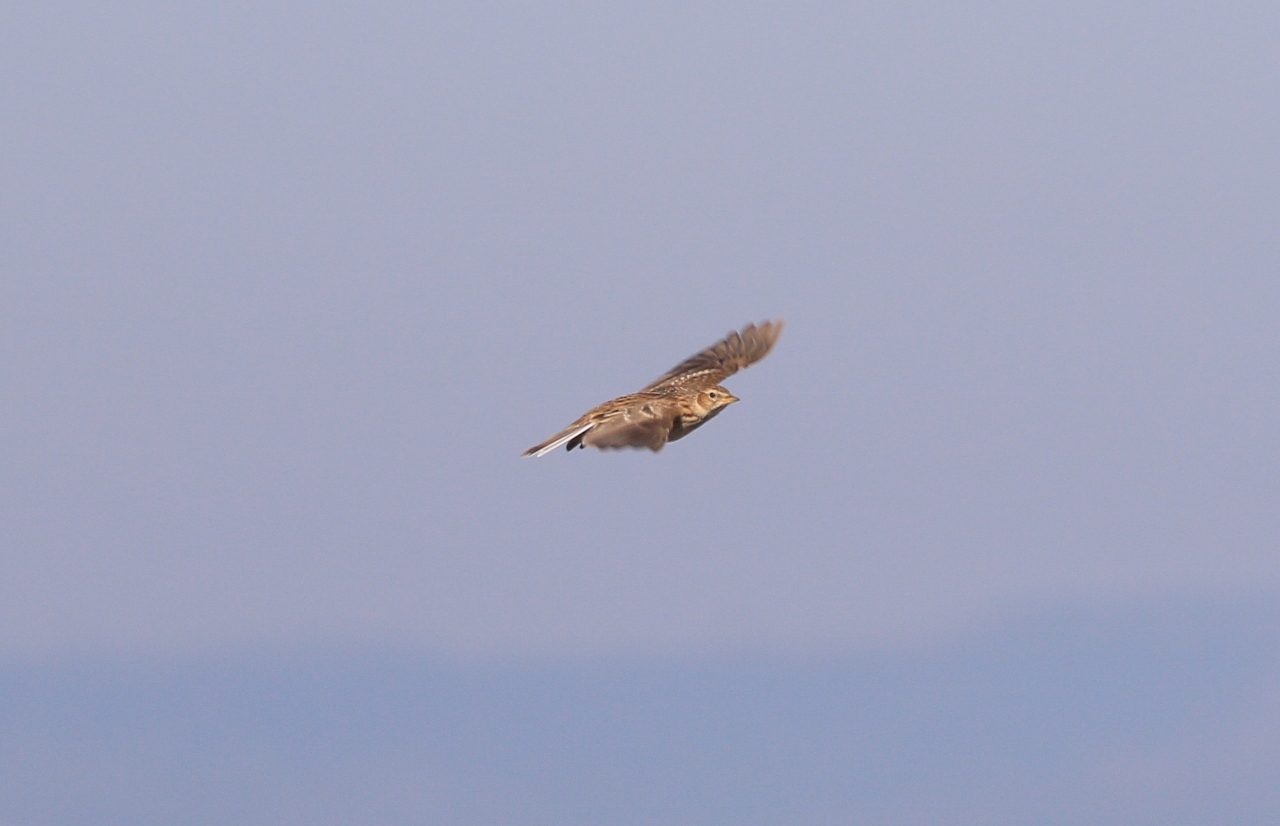
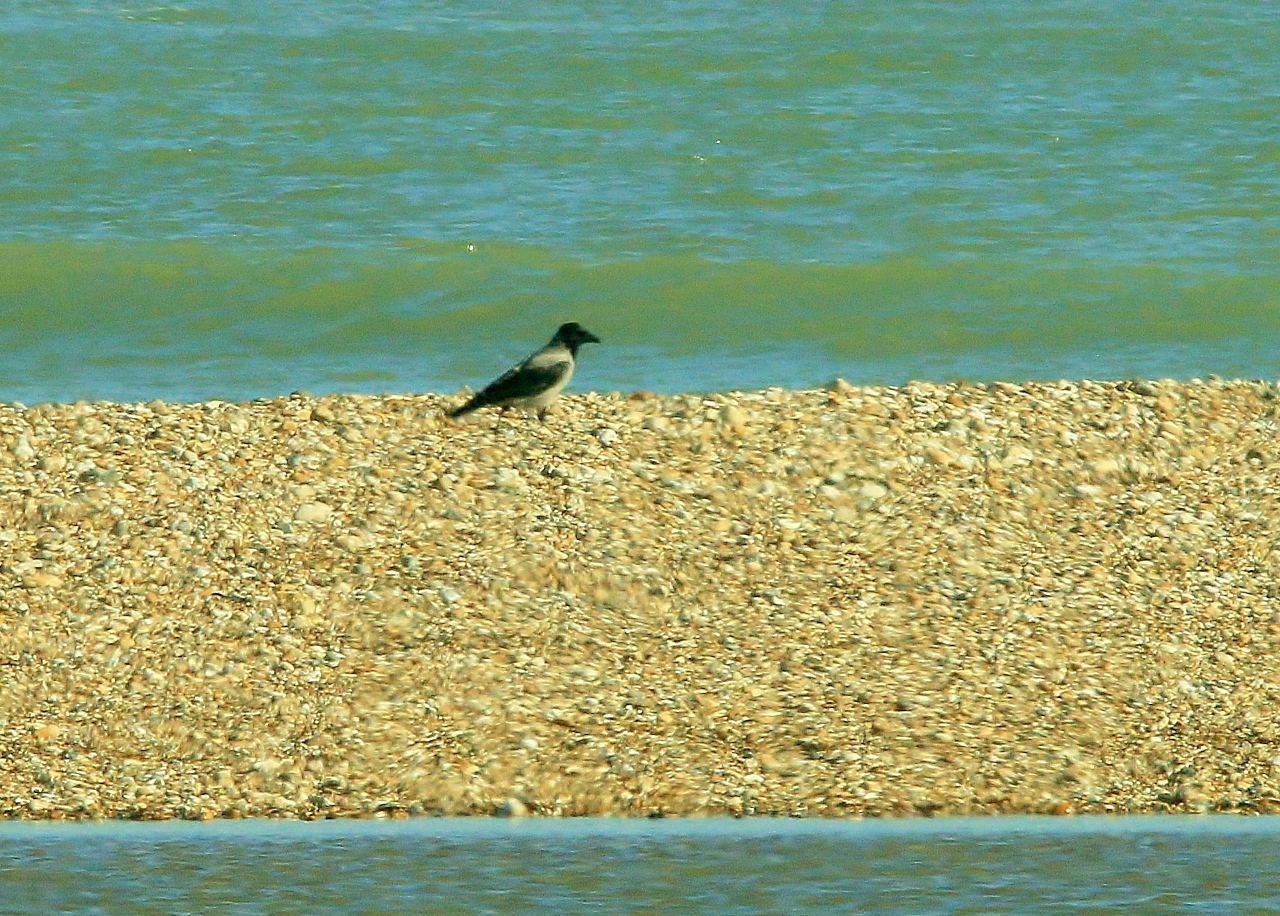






Recent Comments